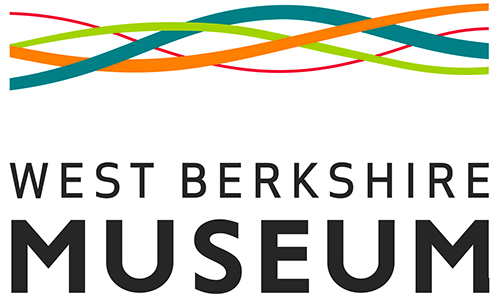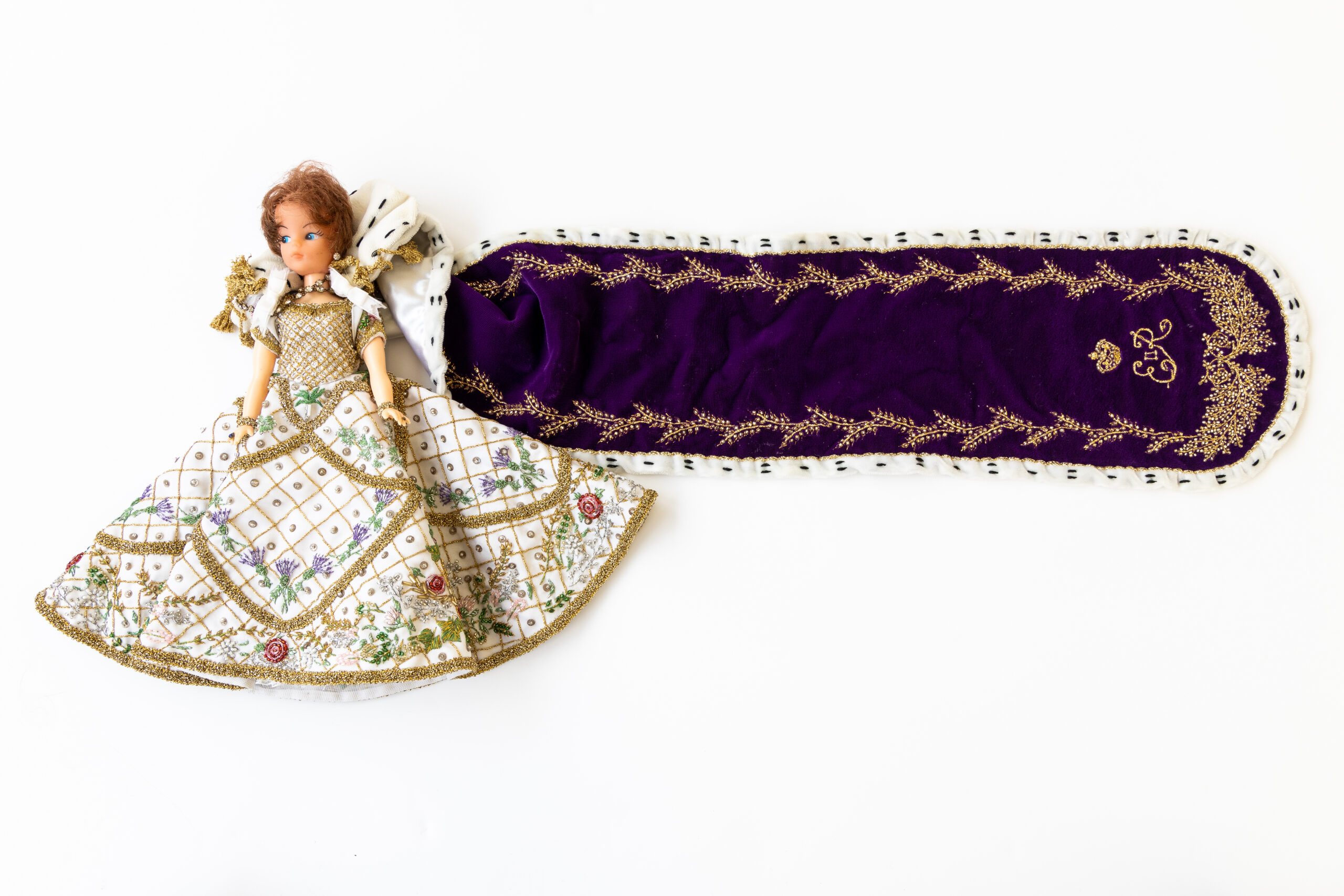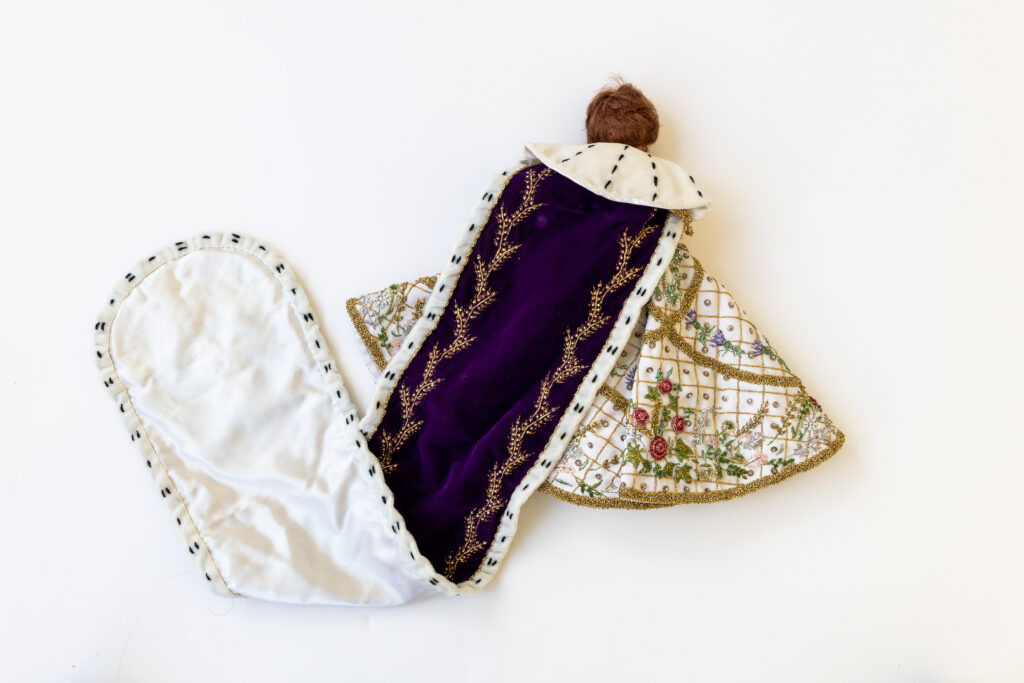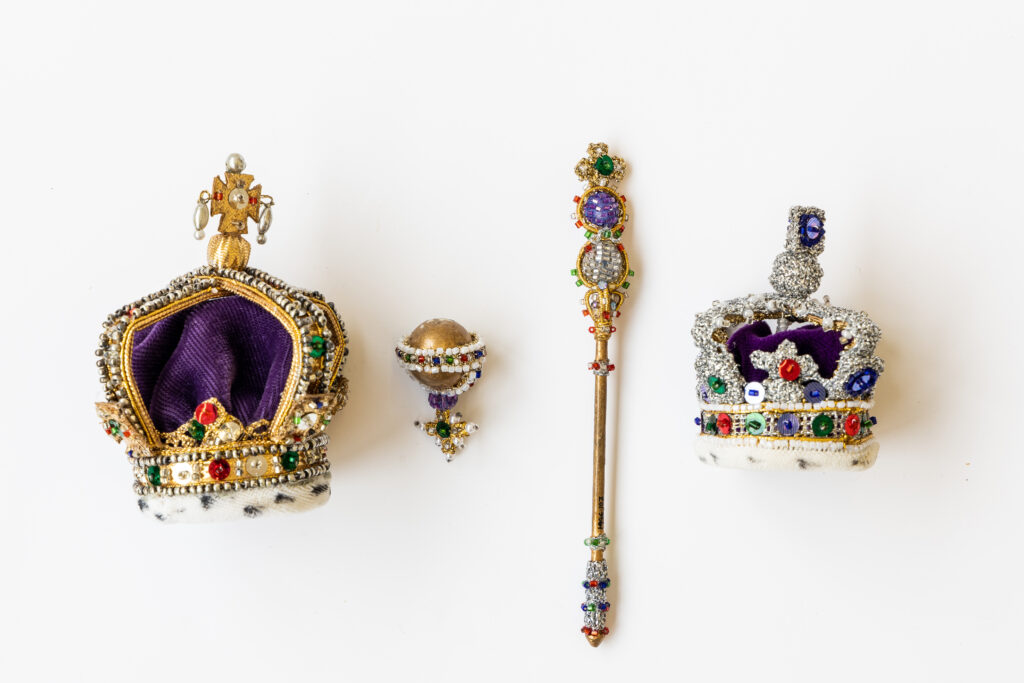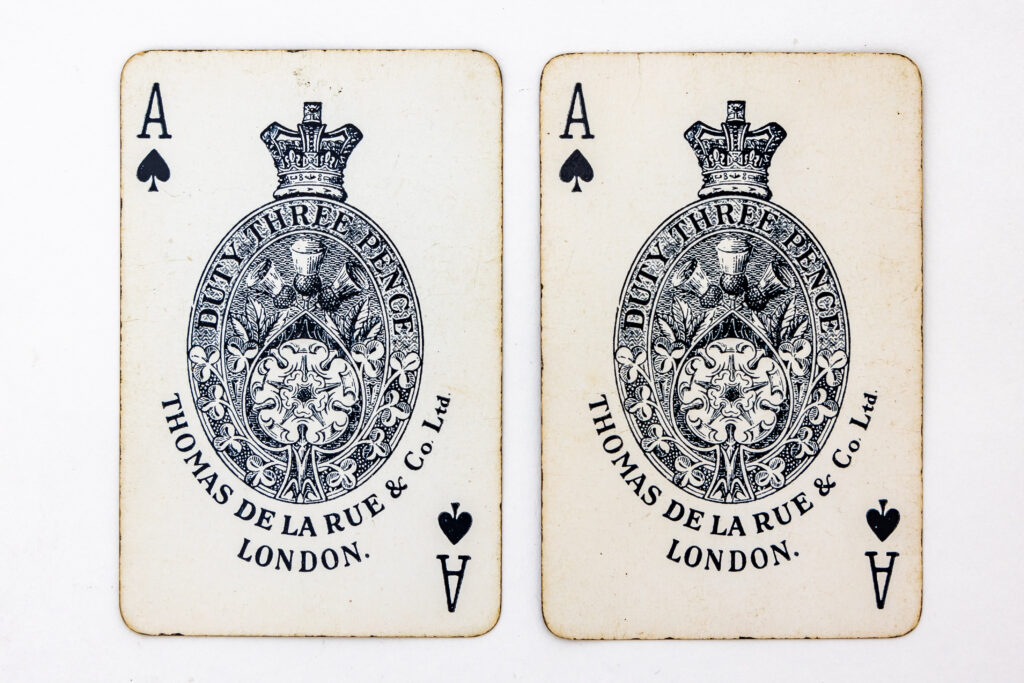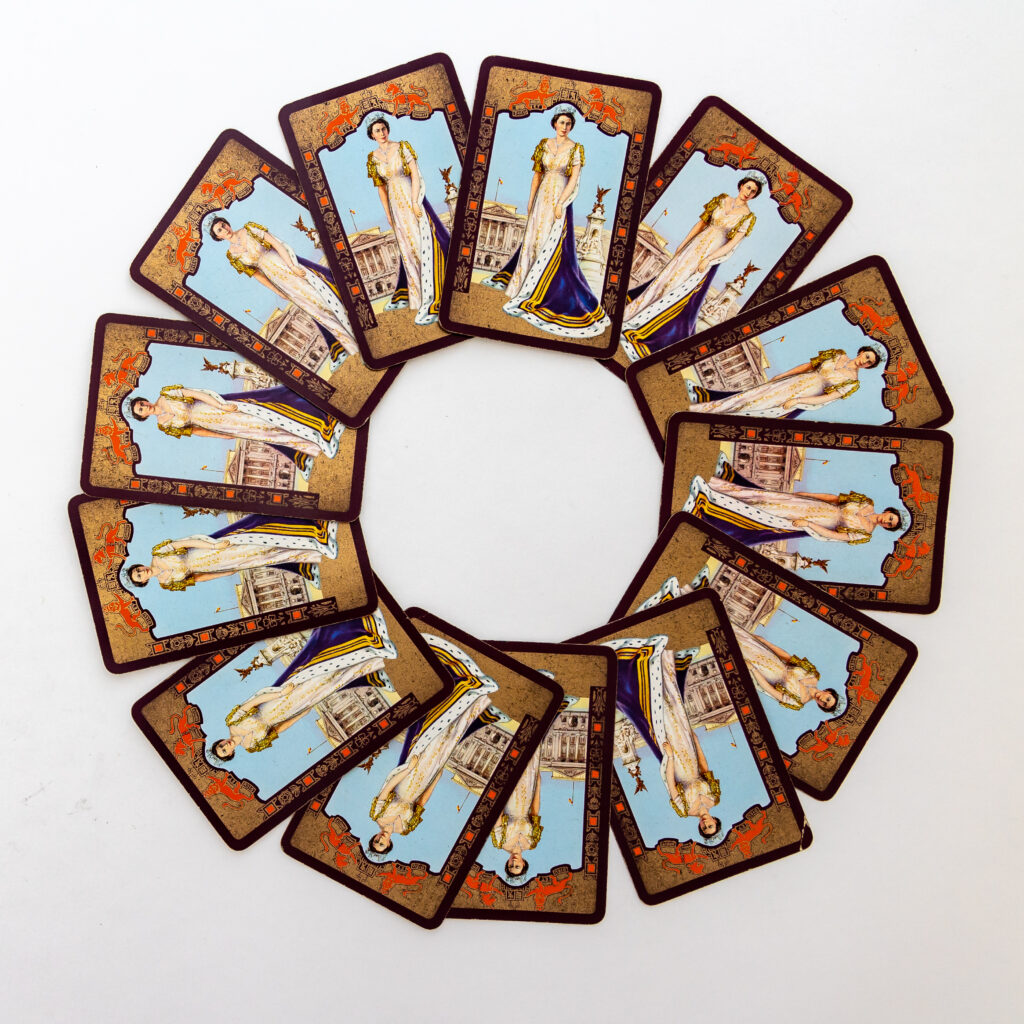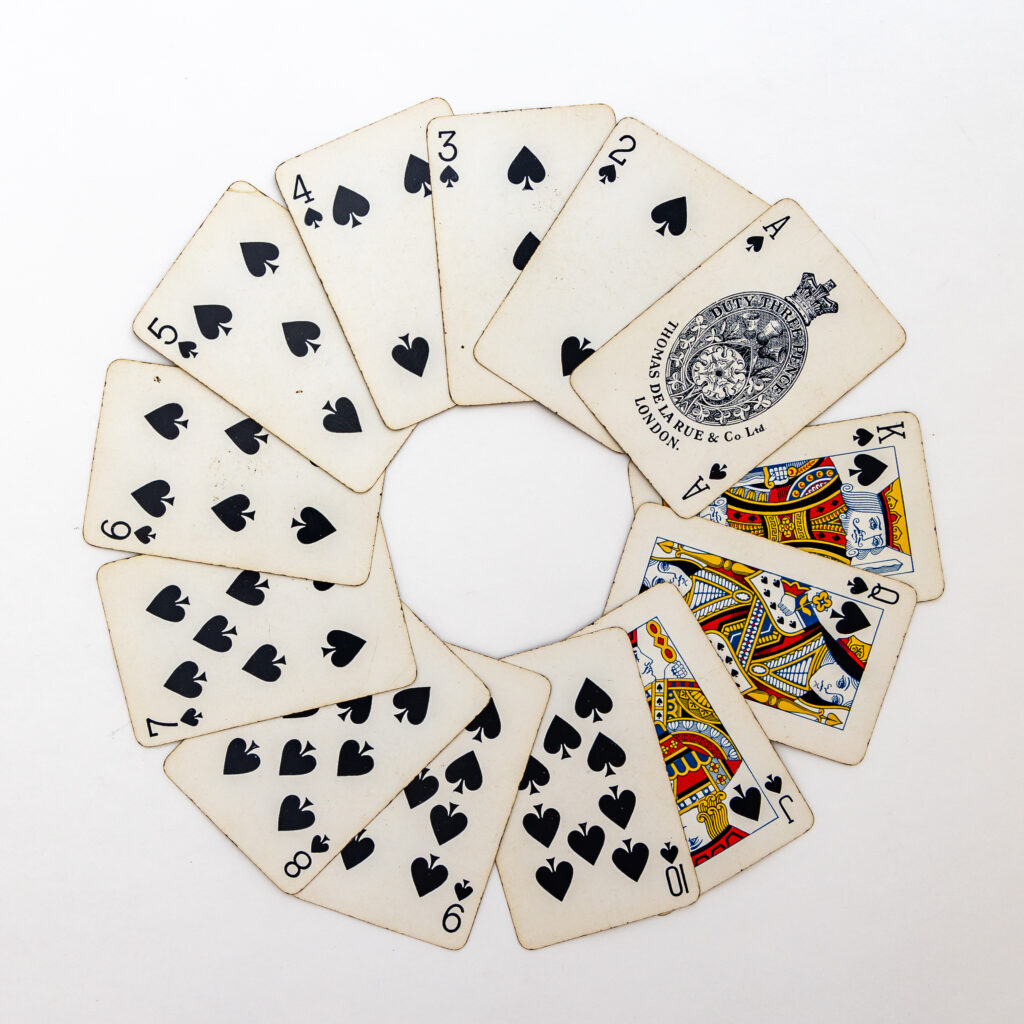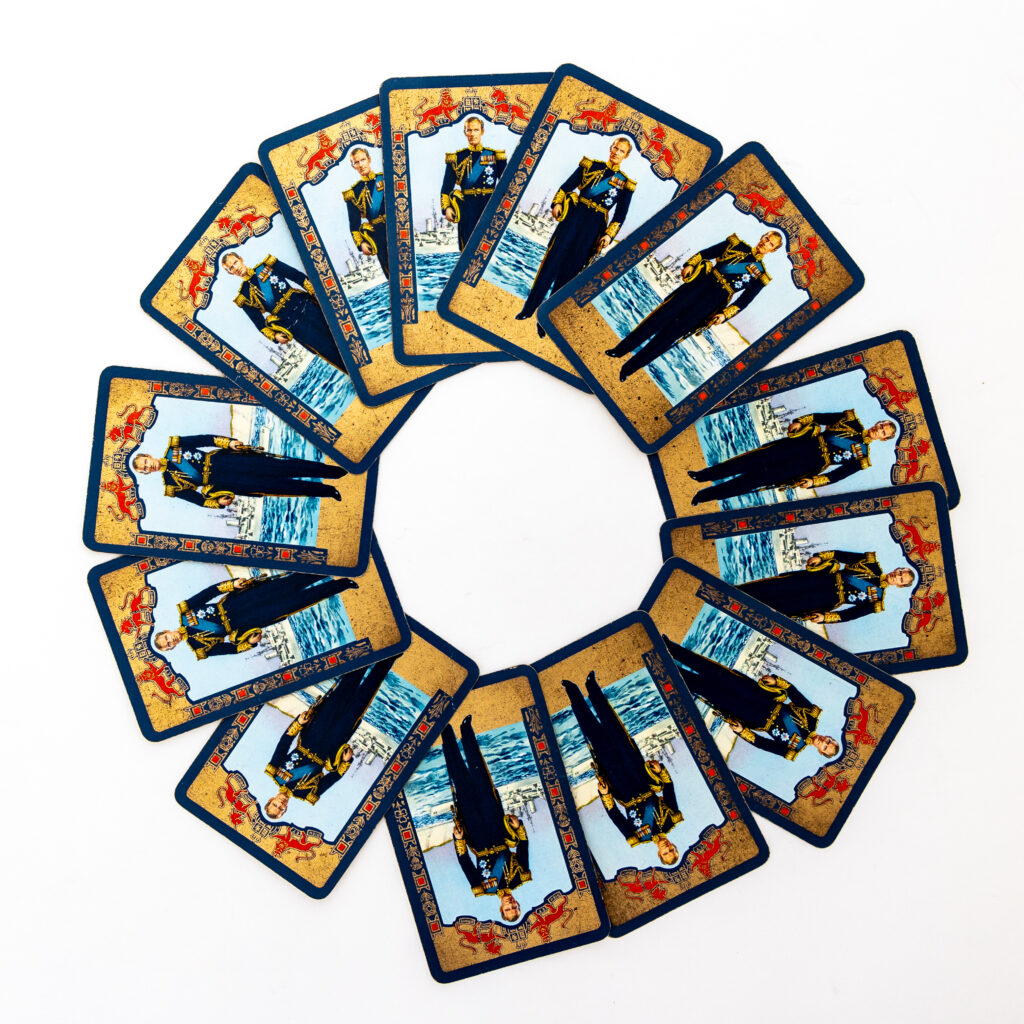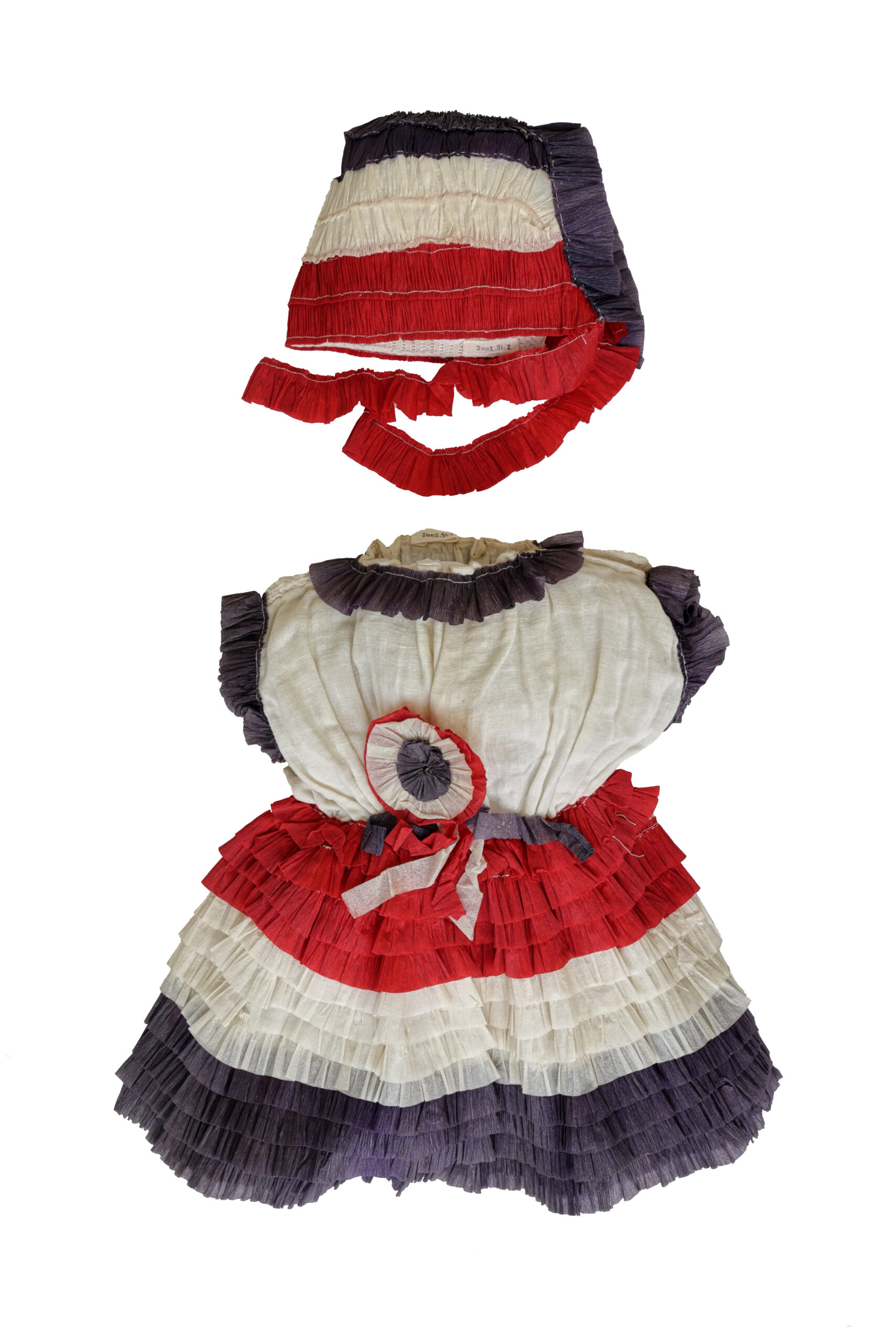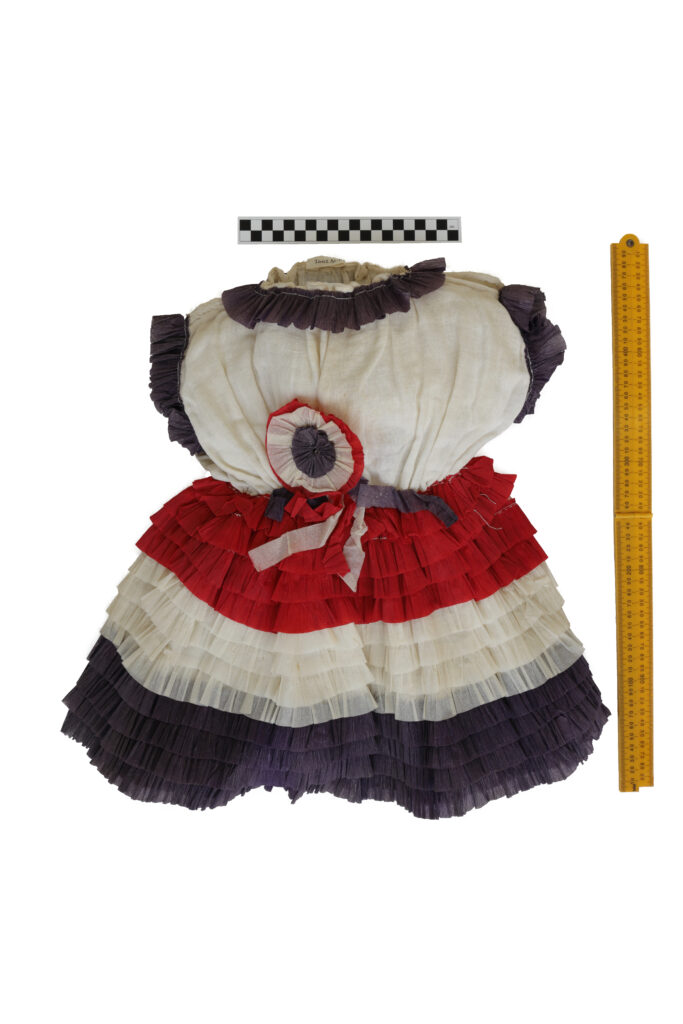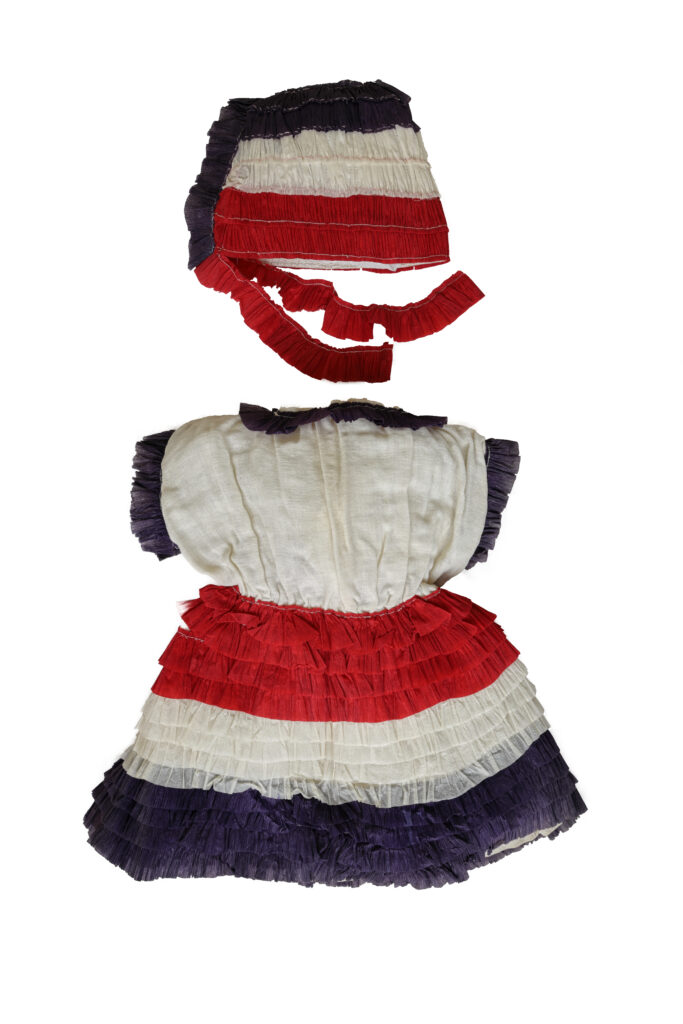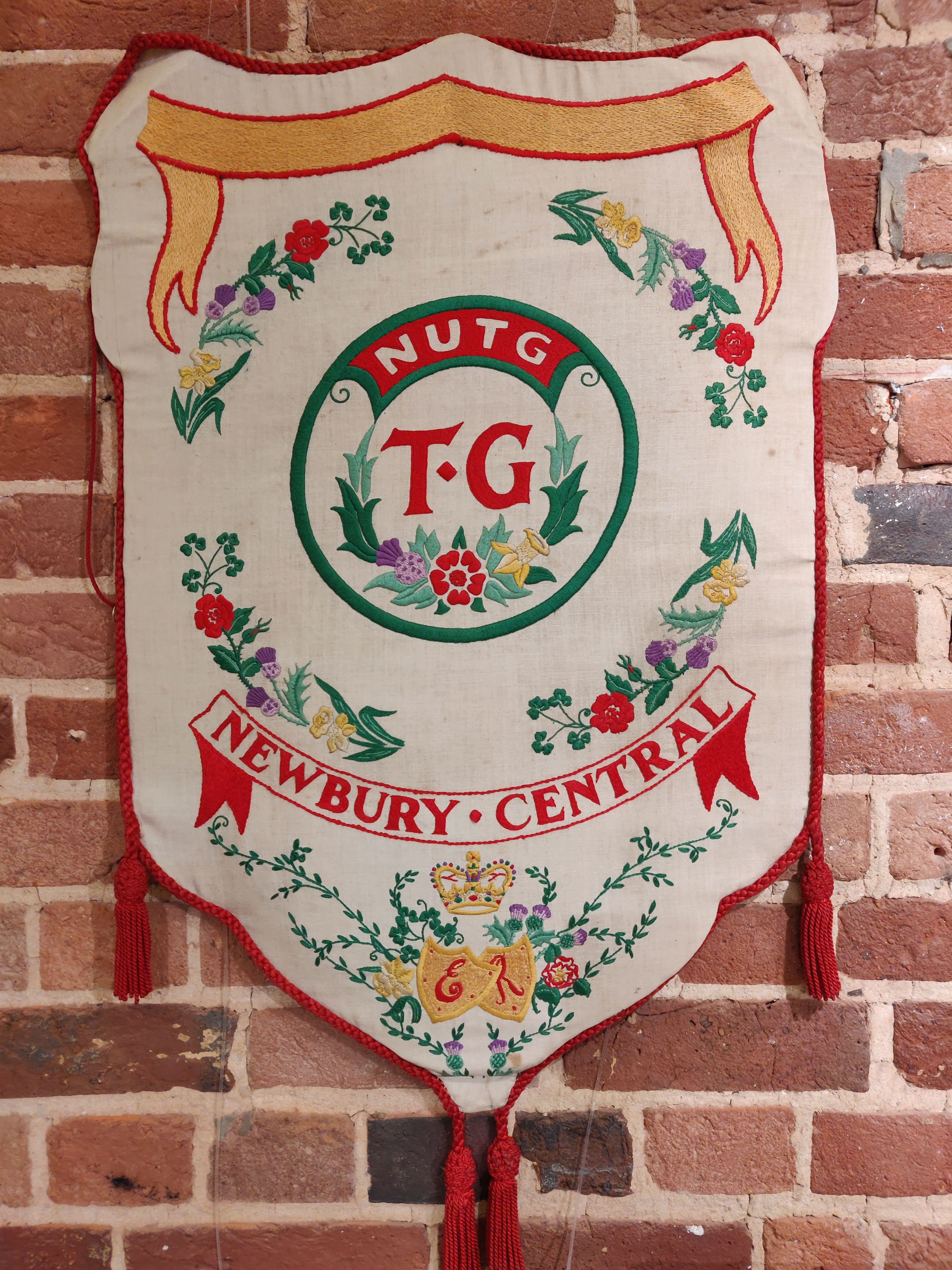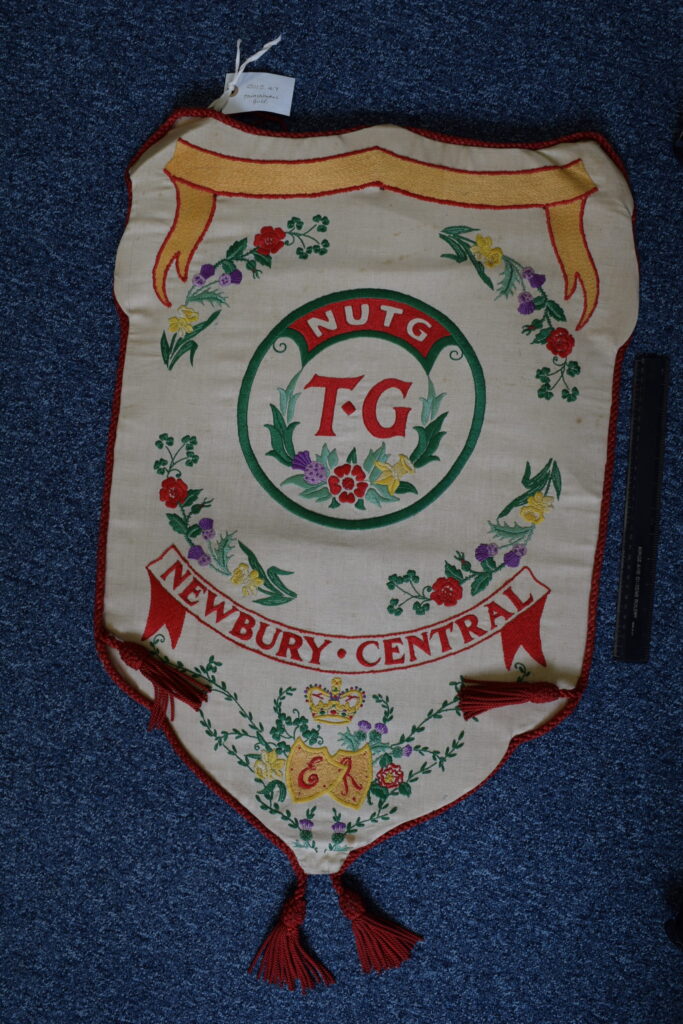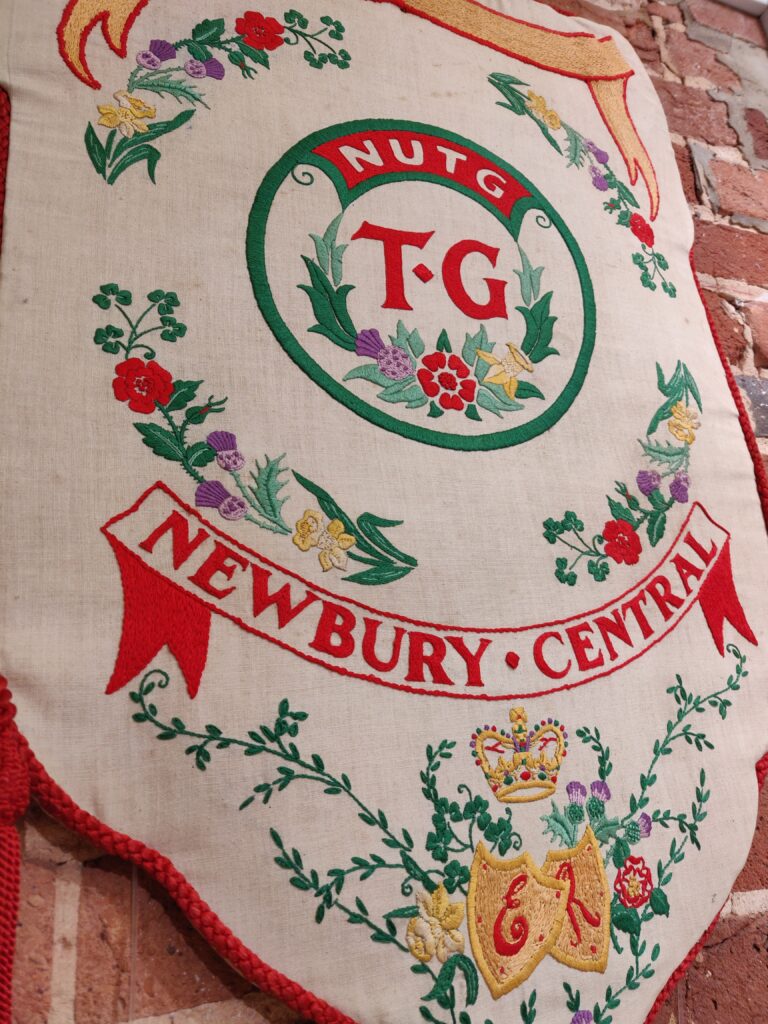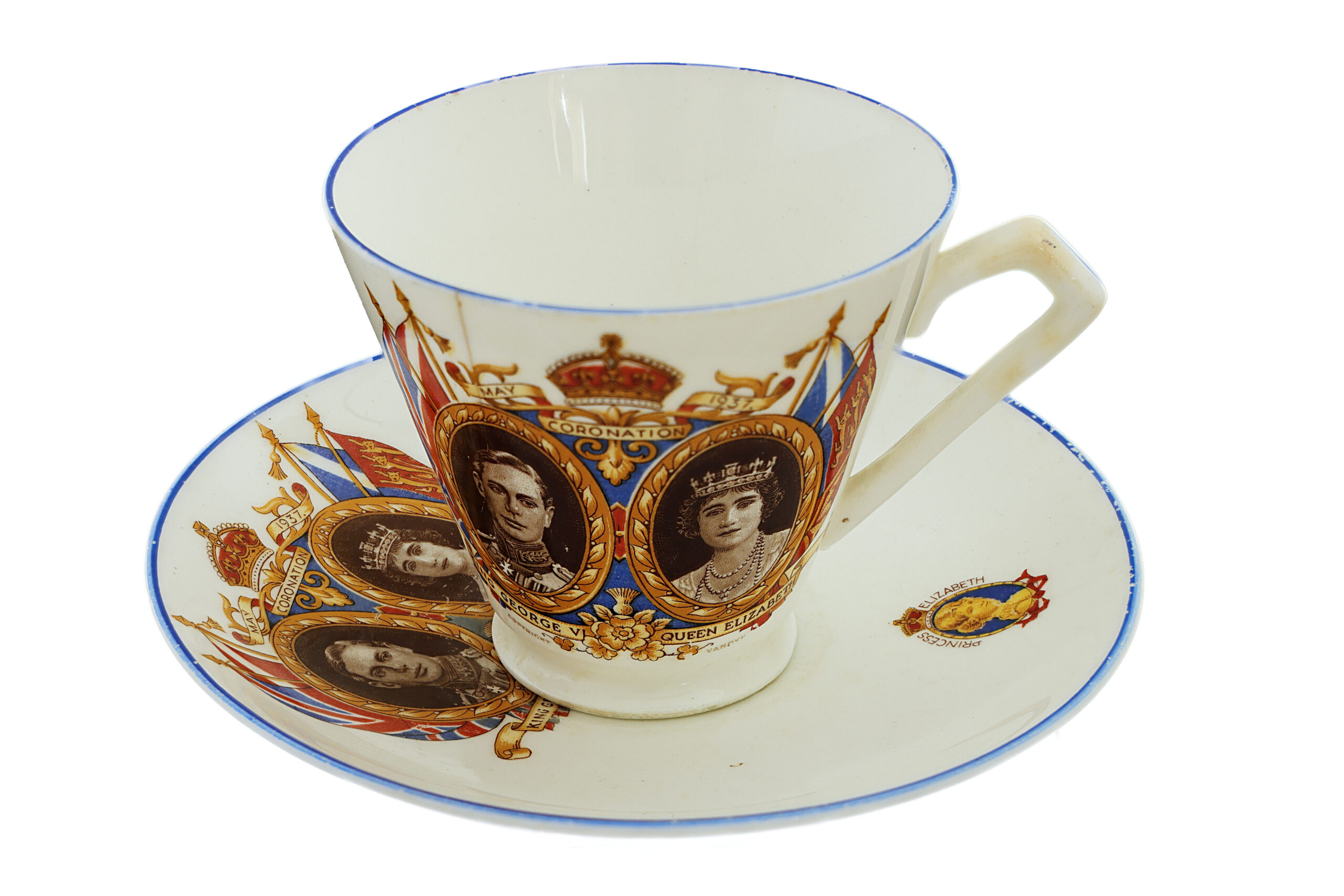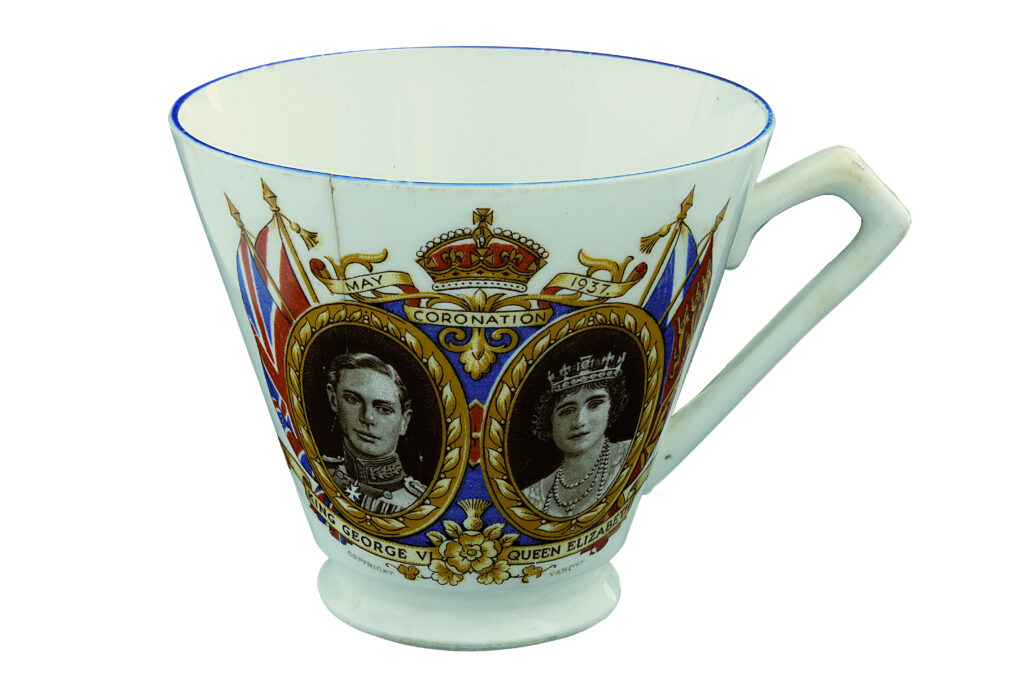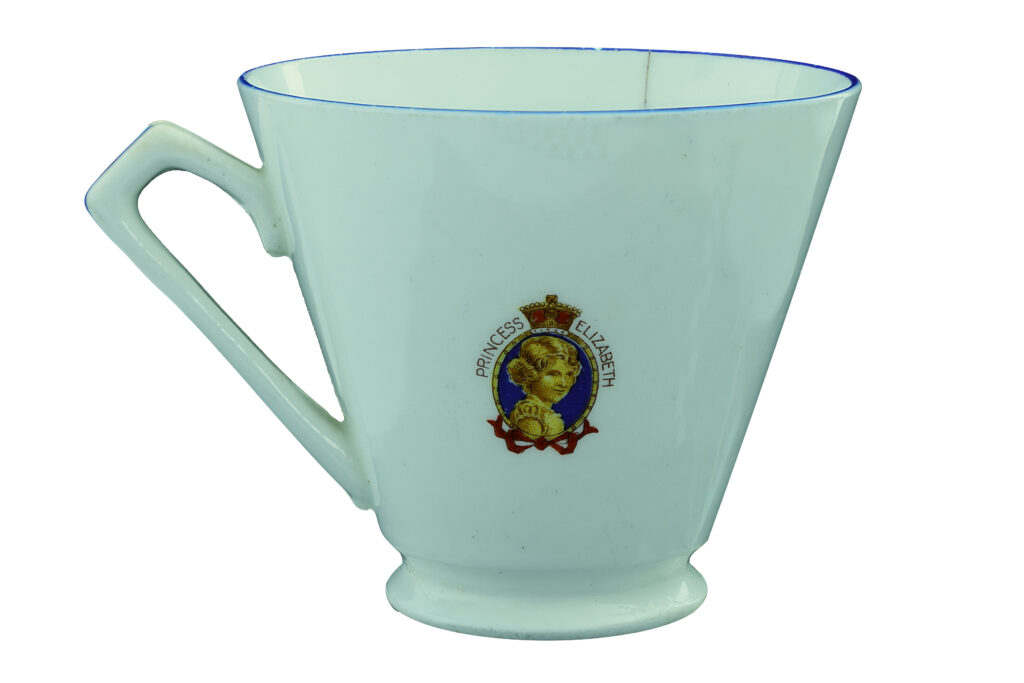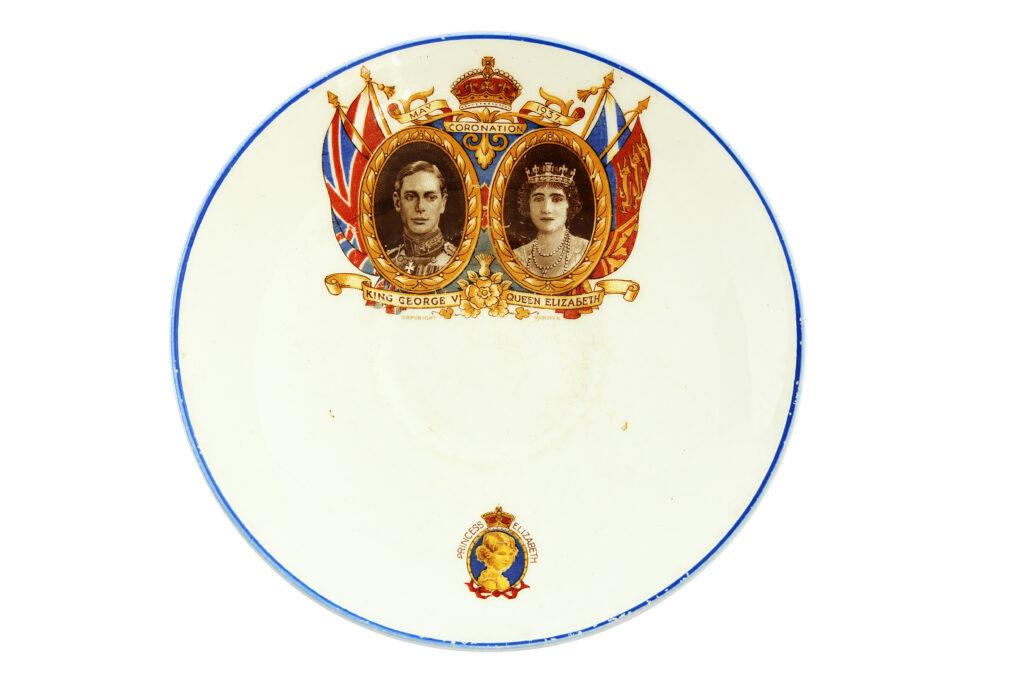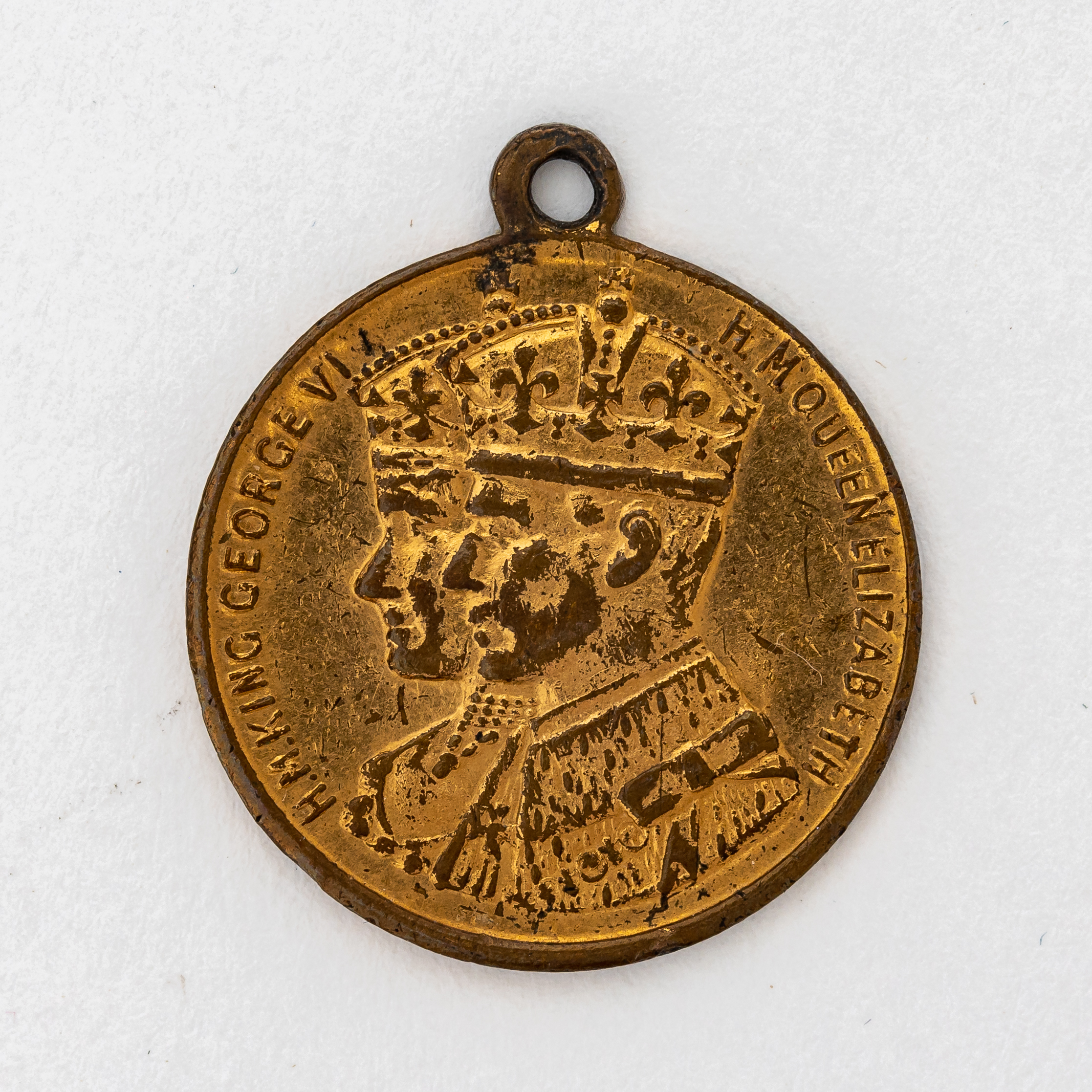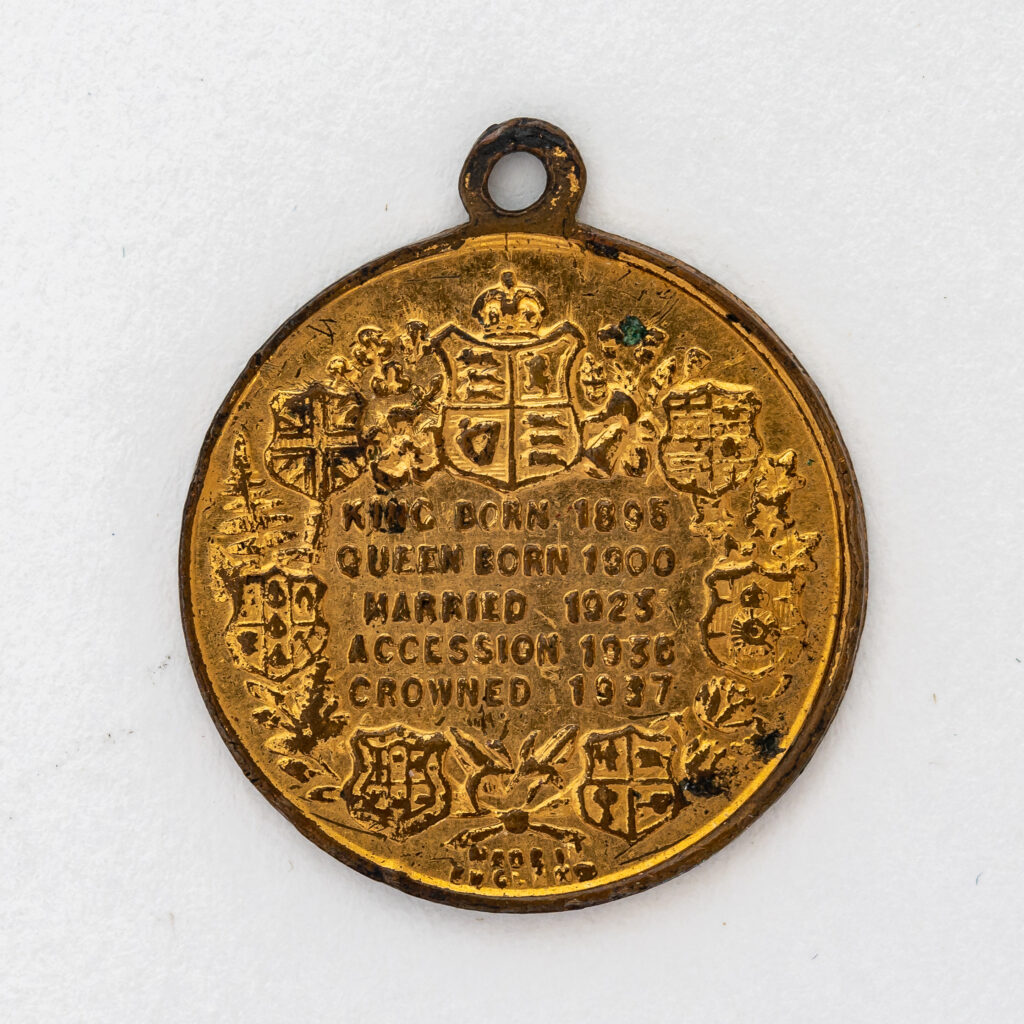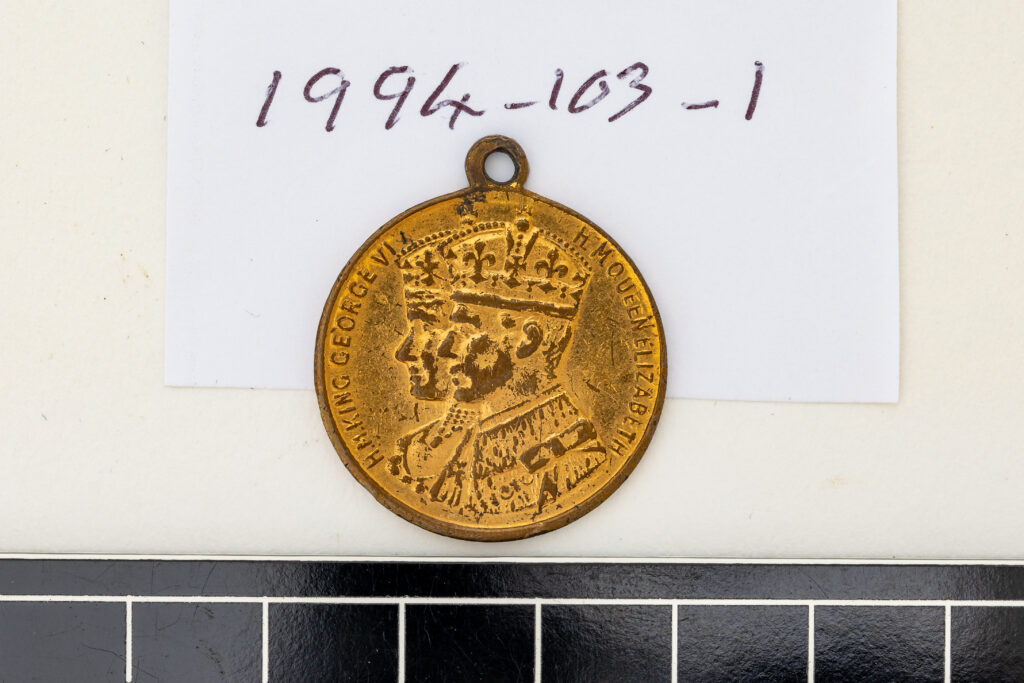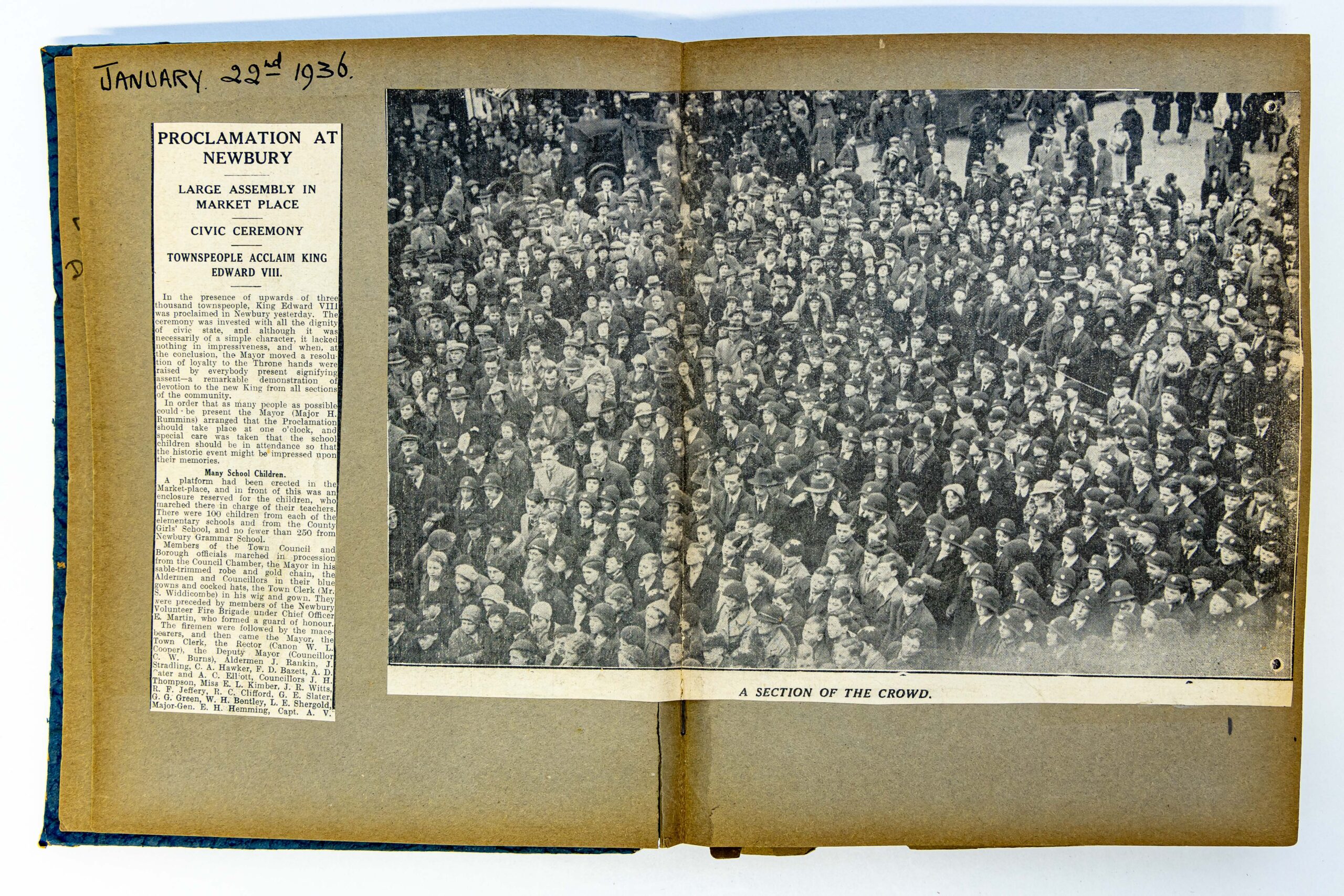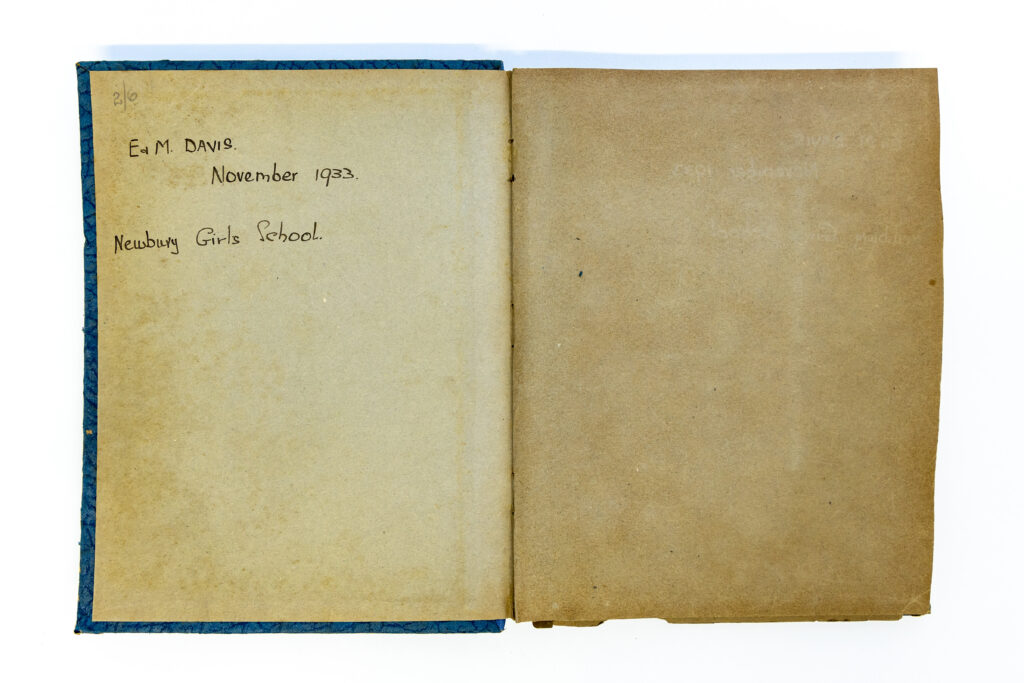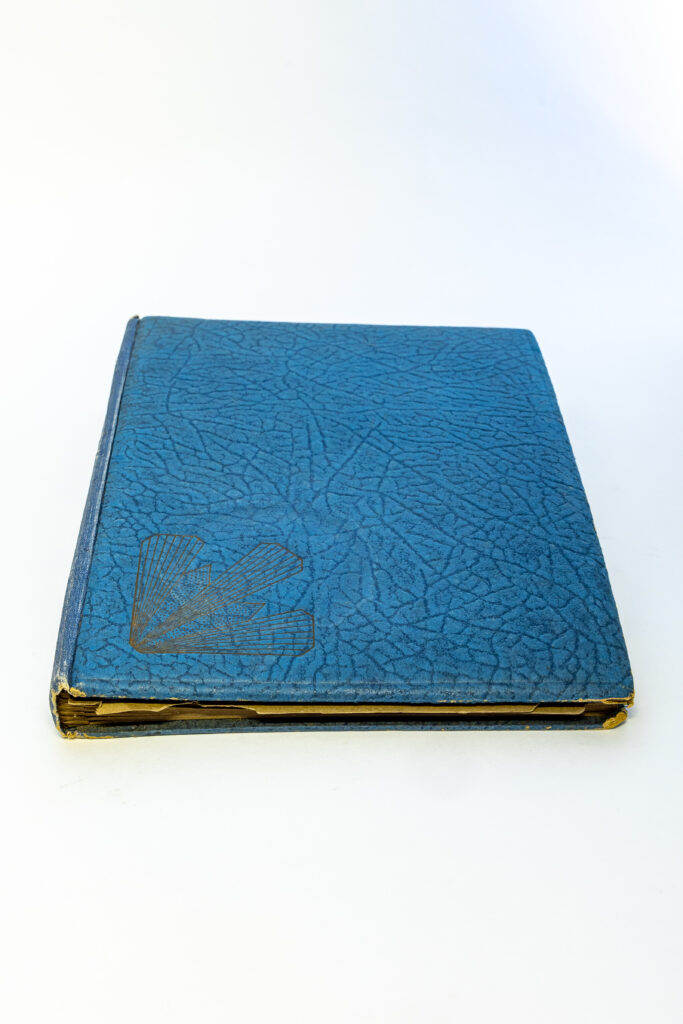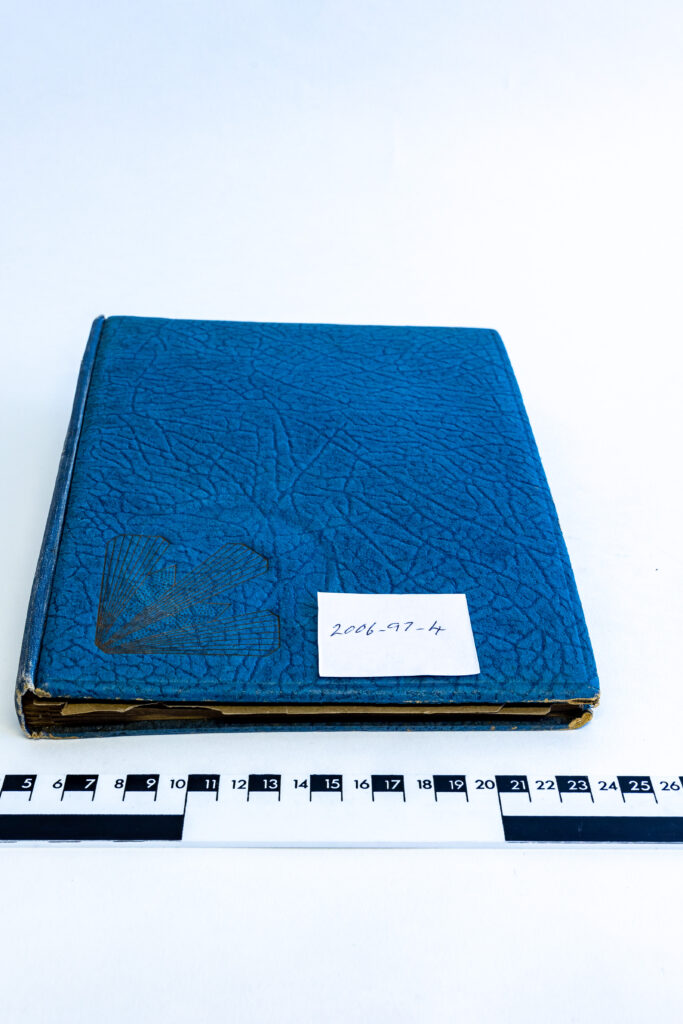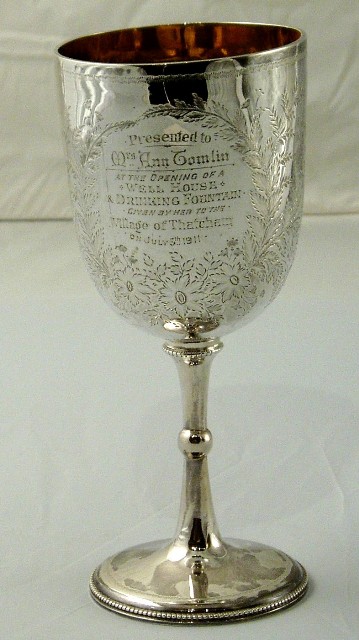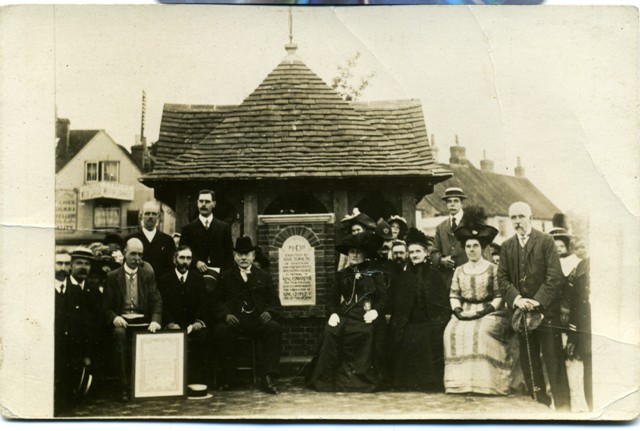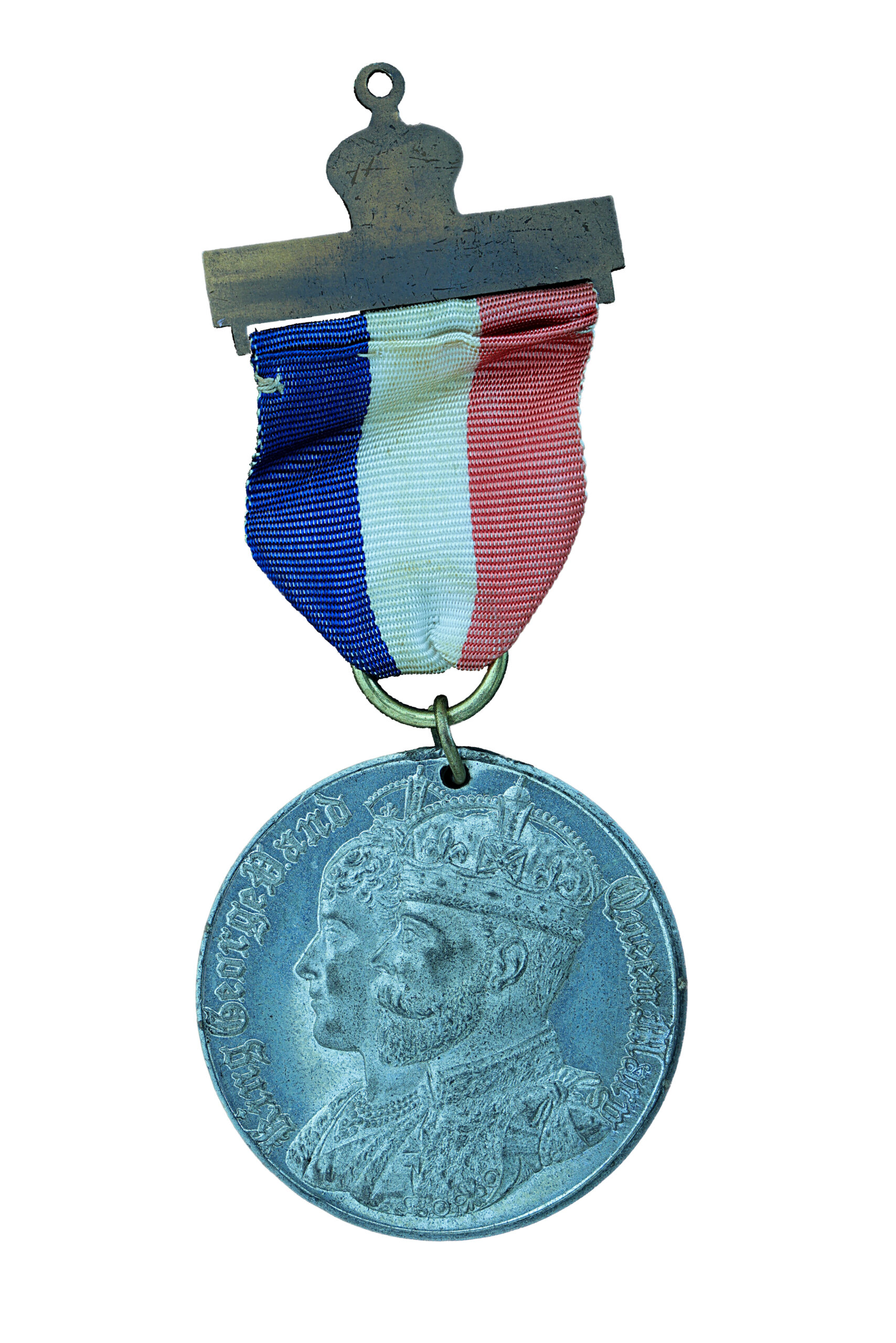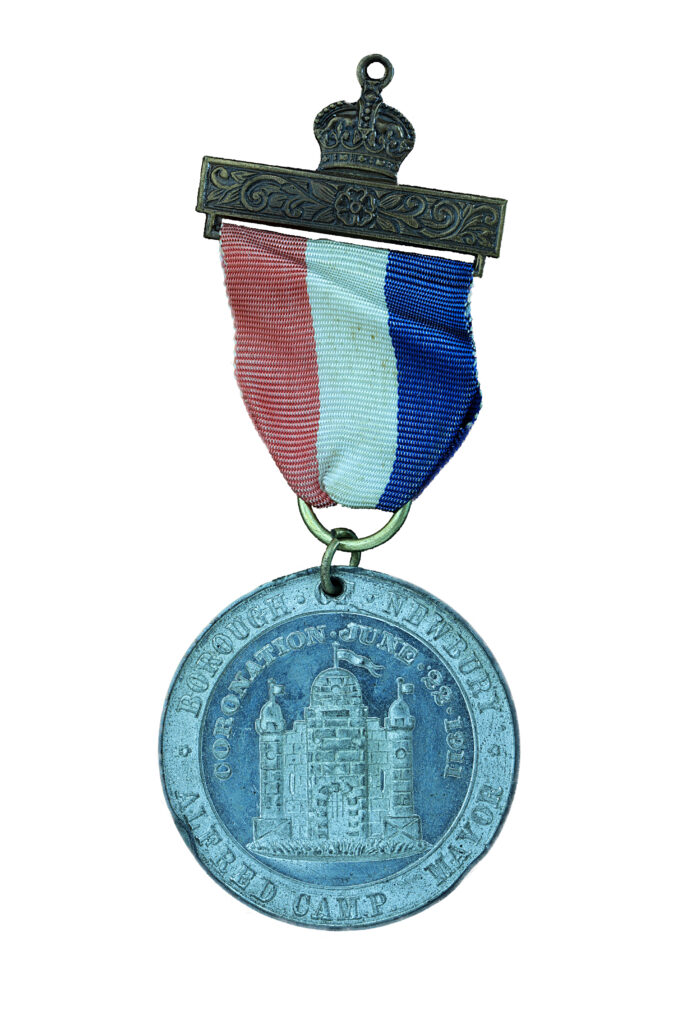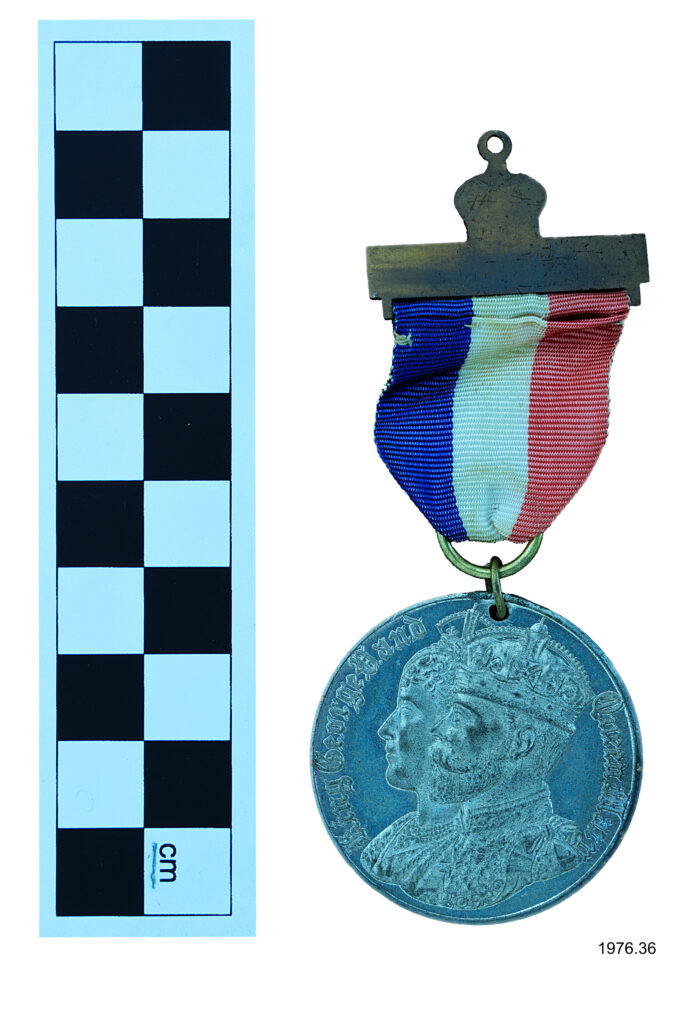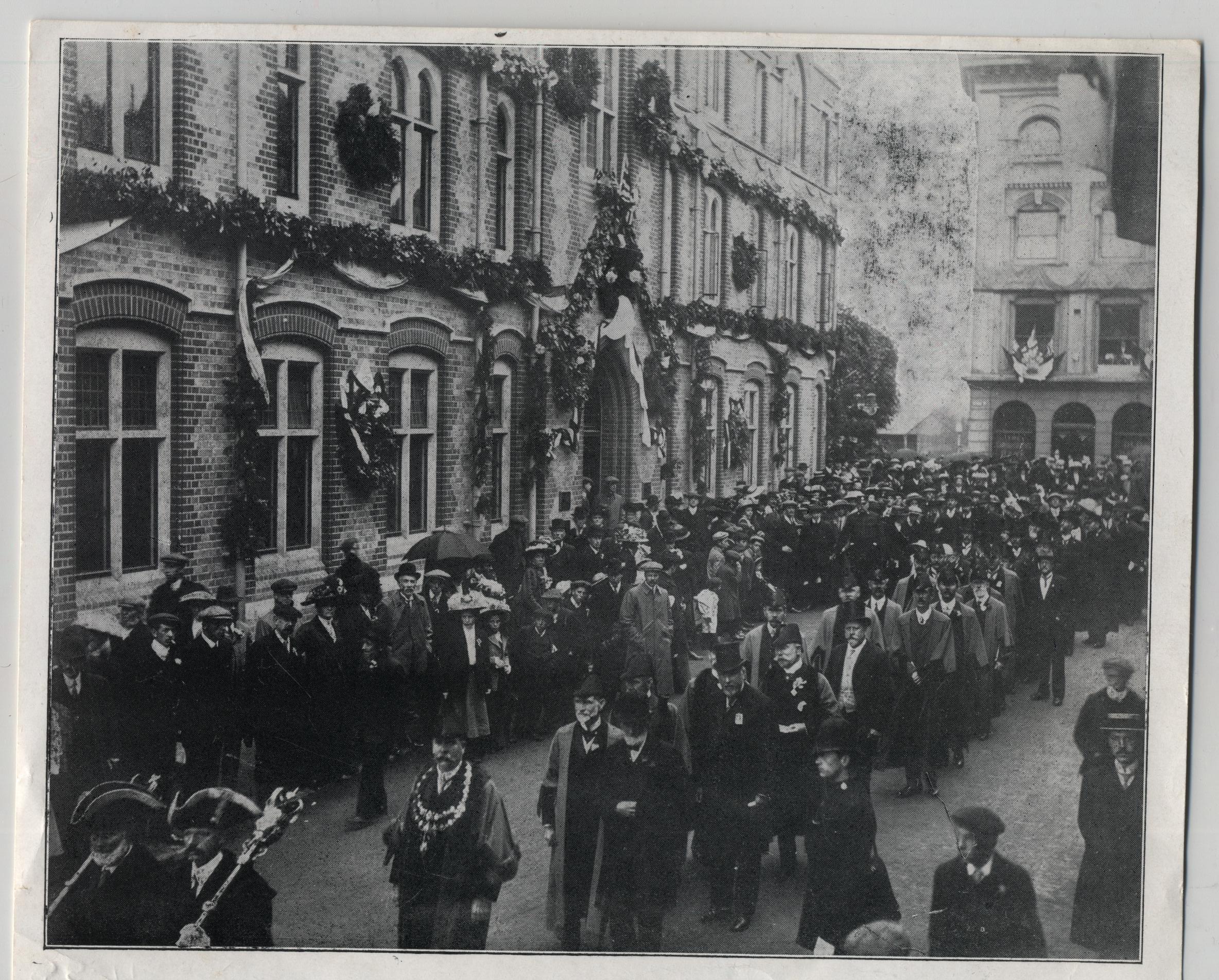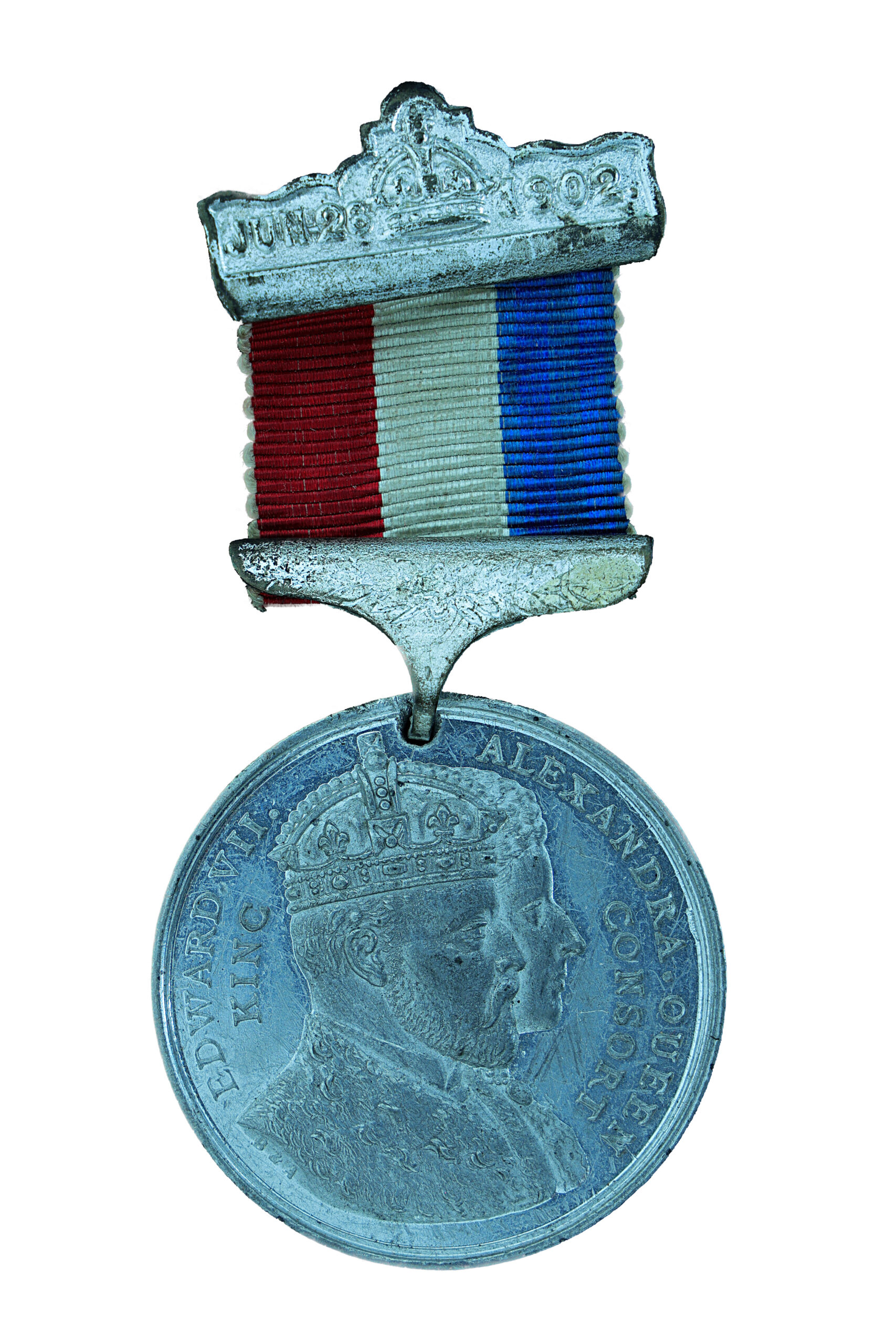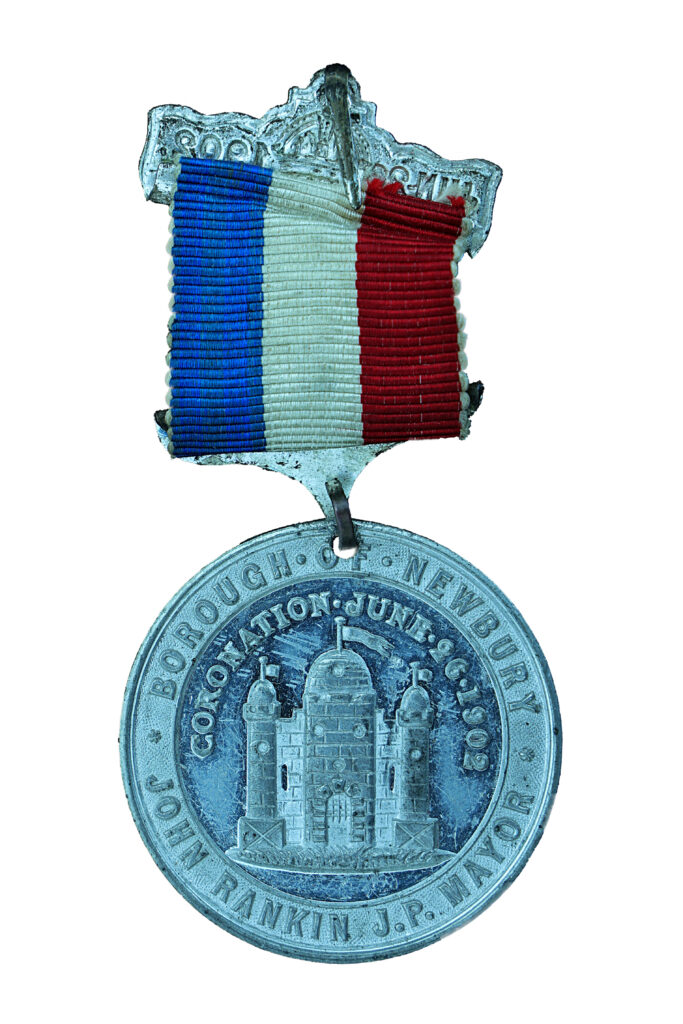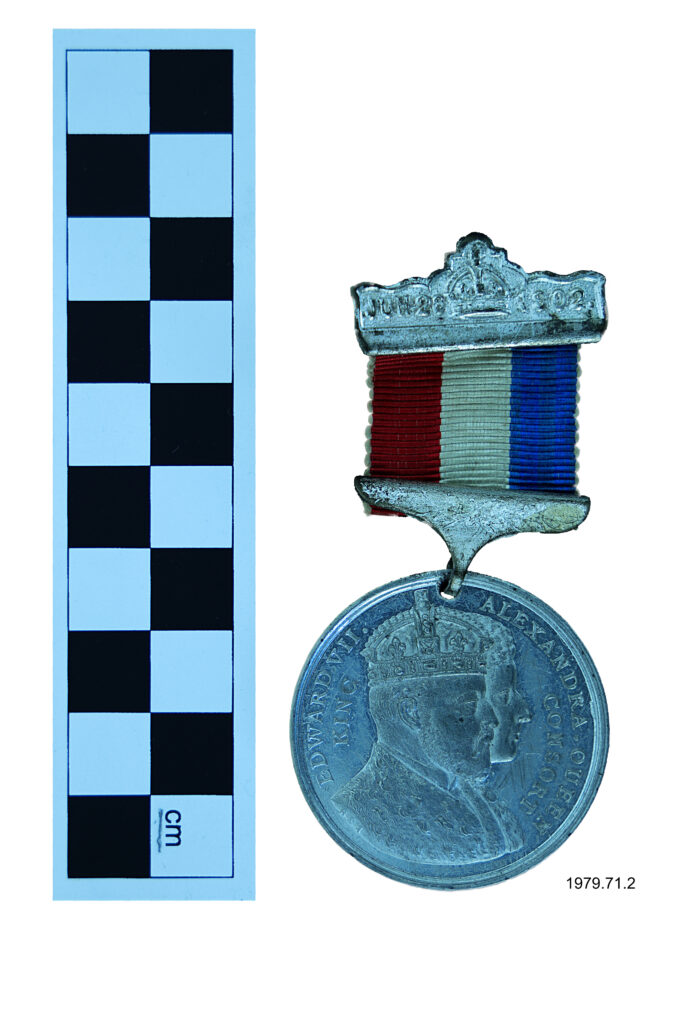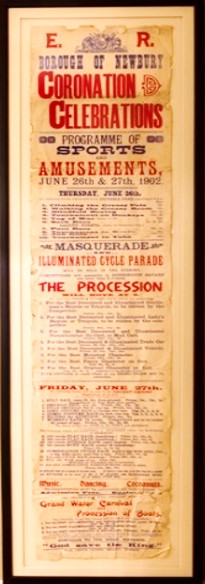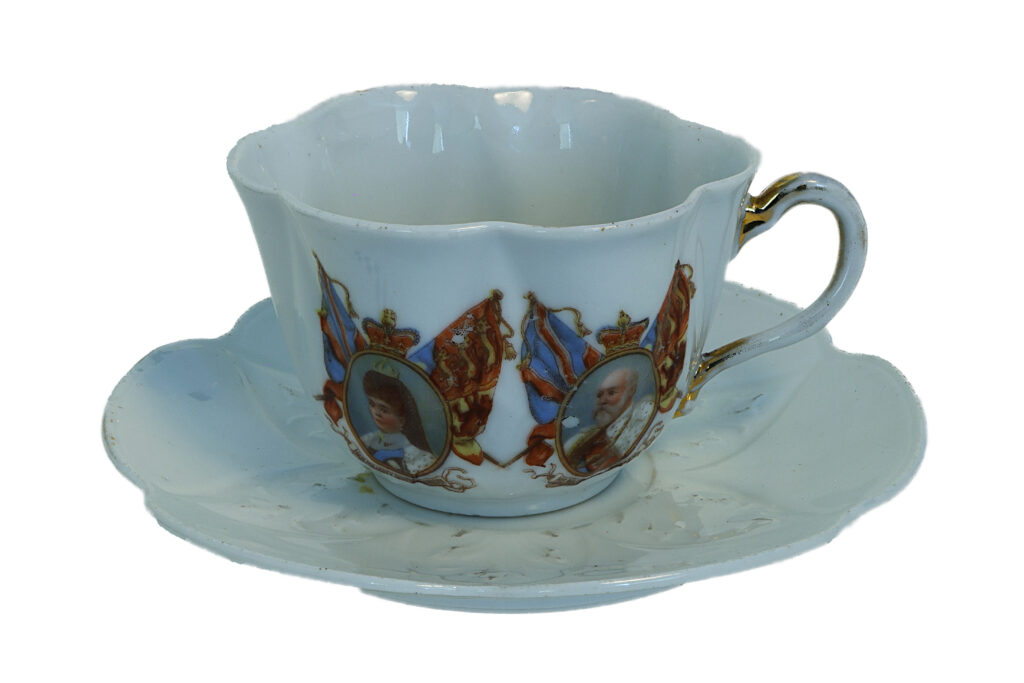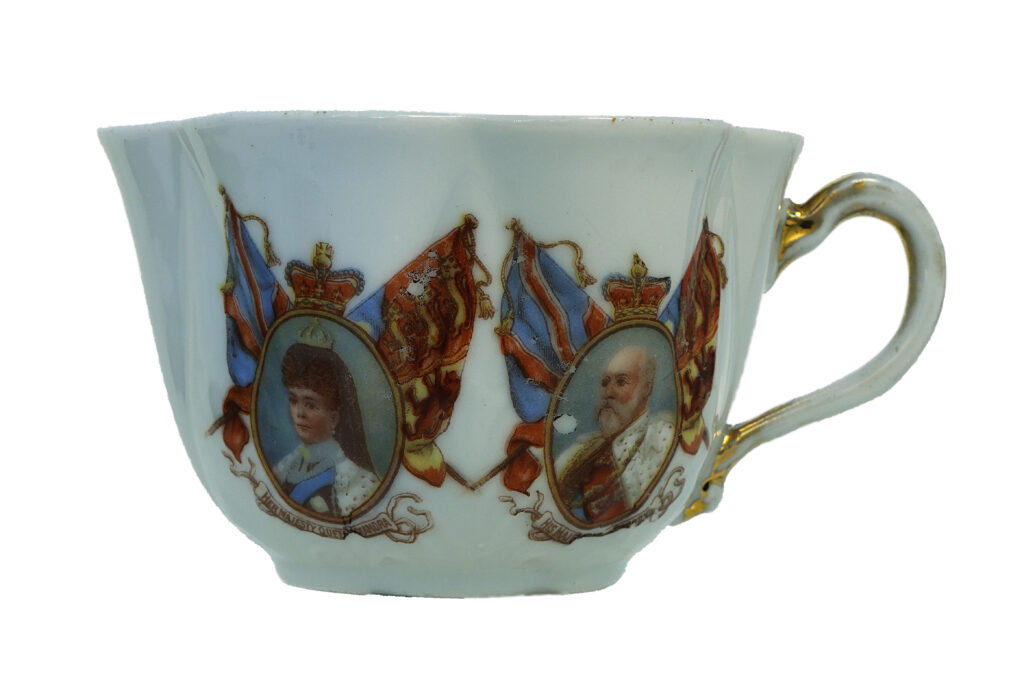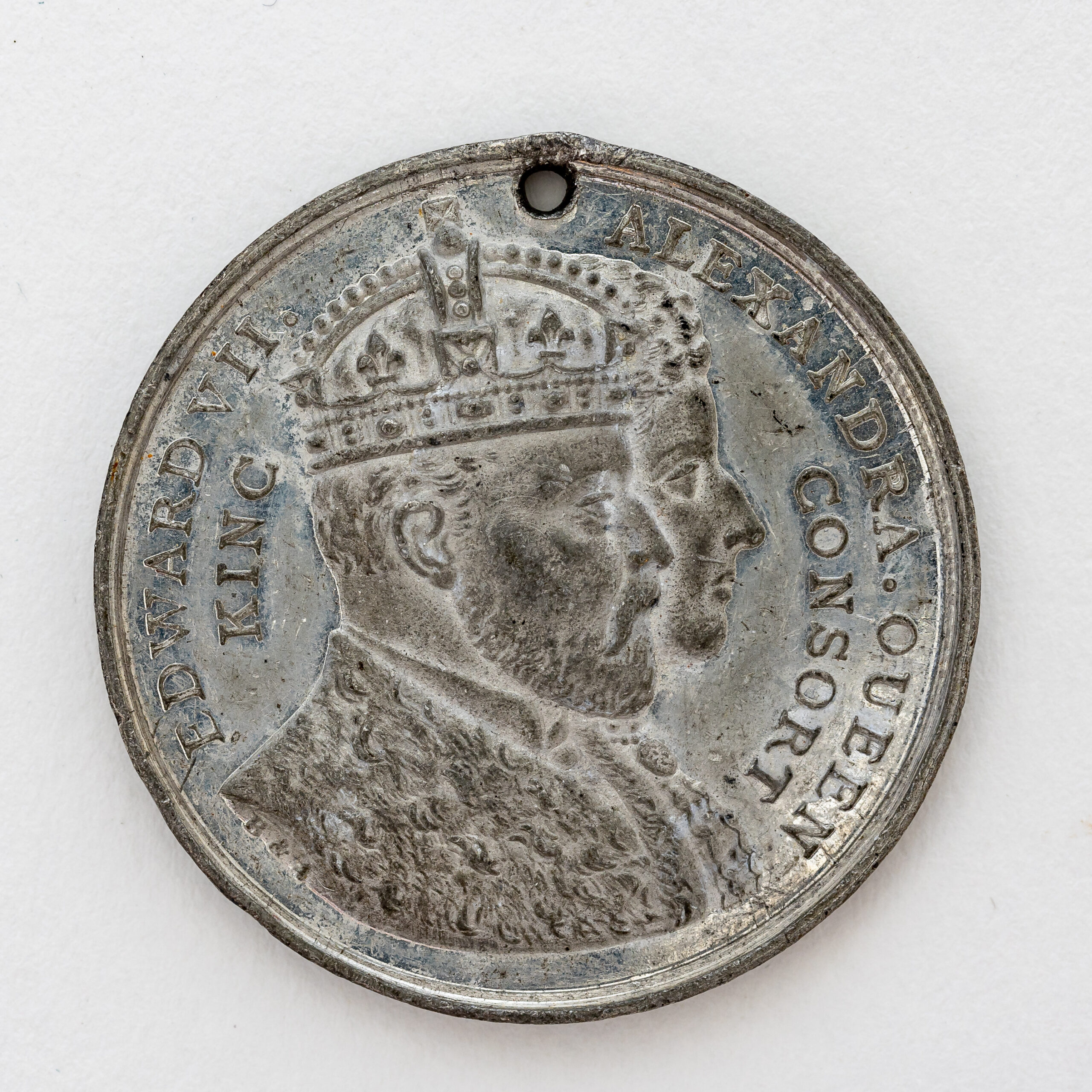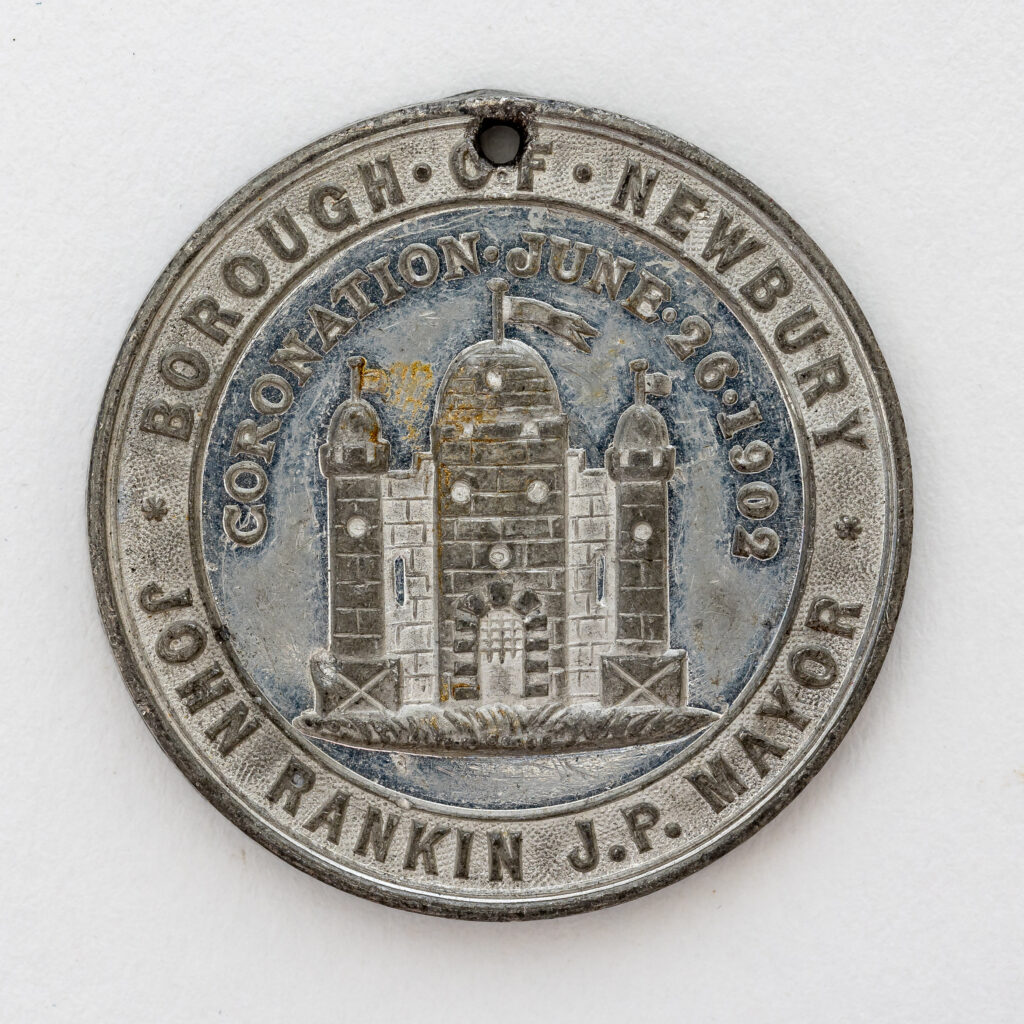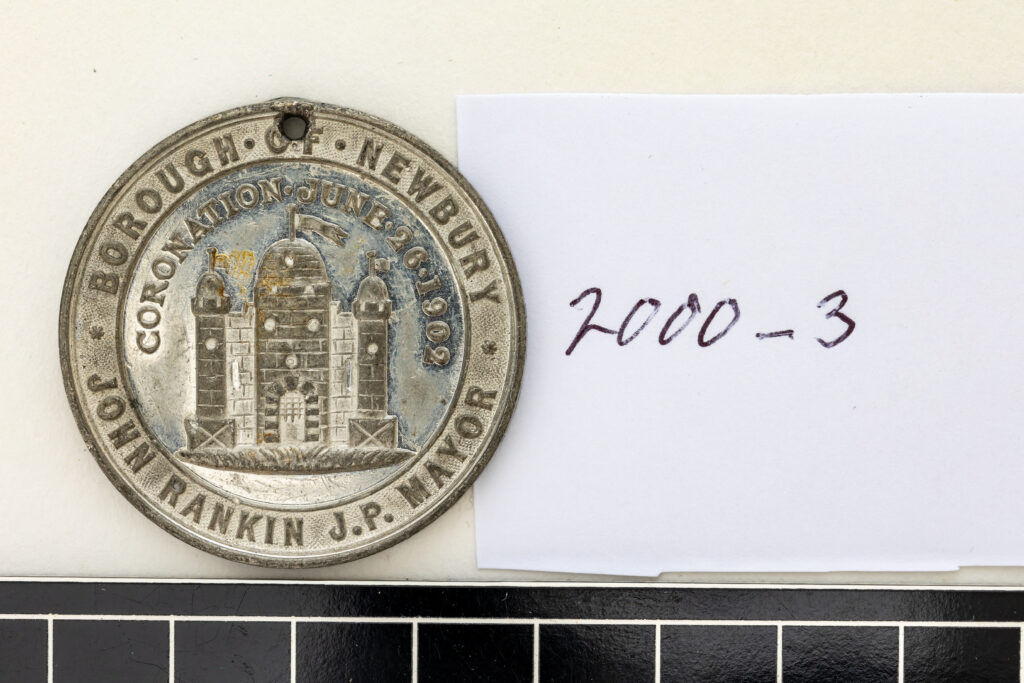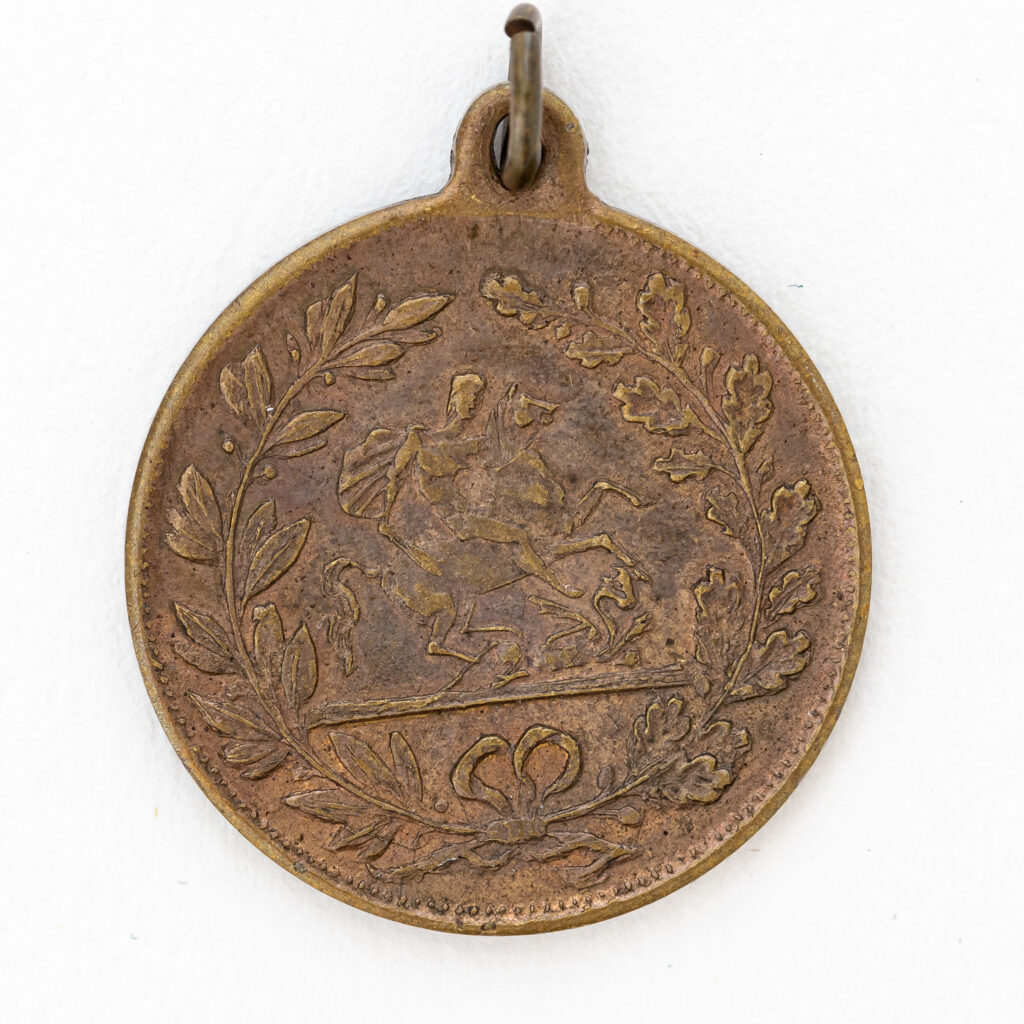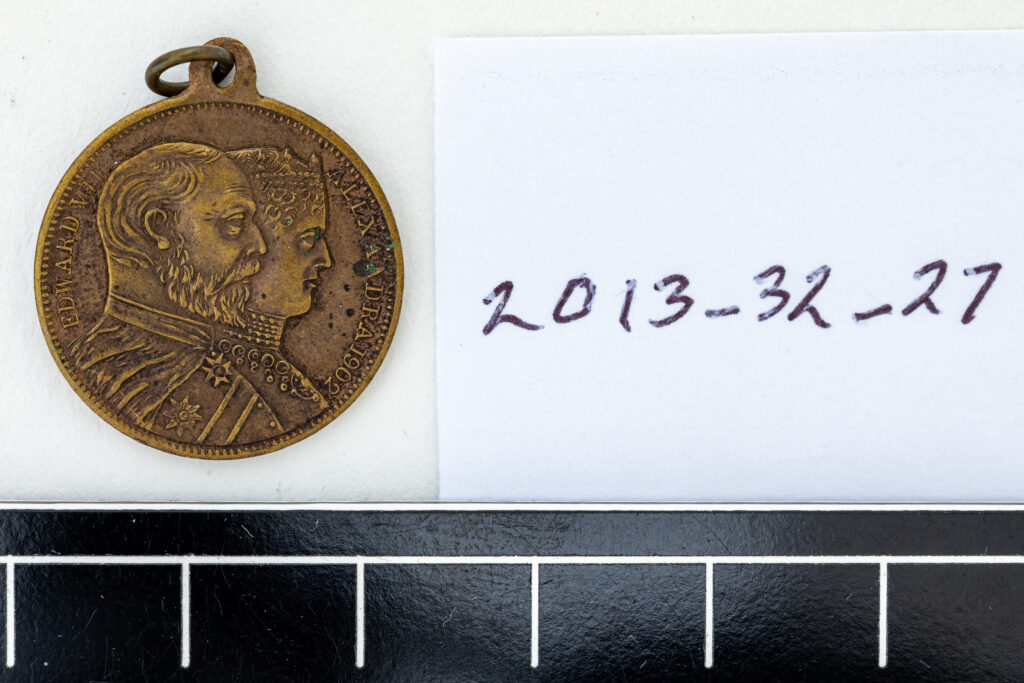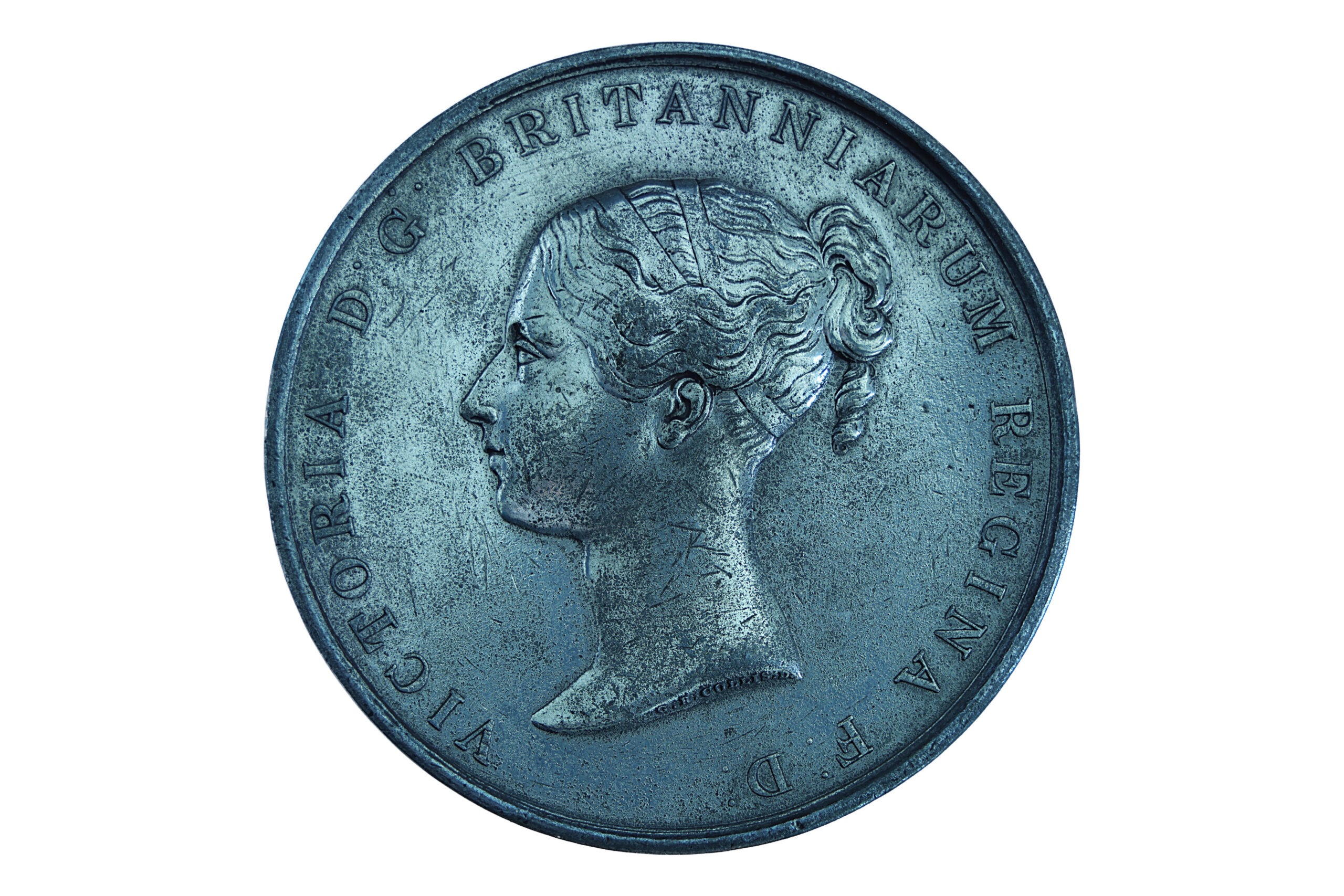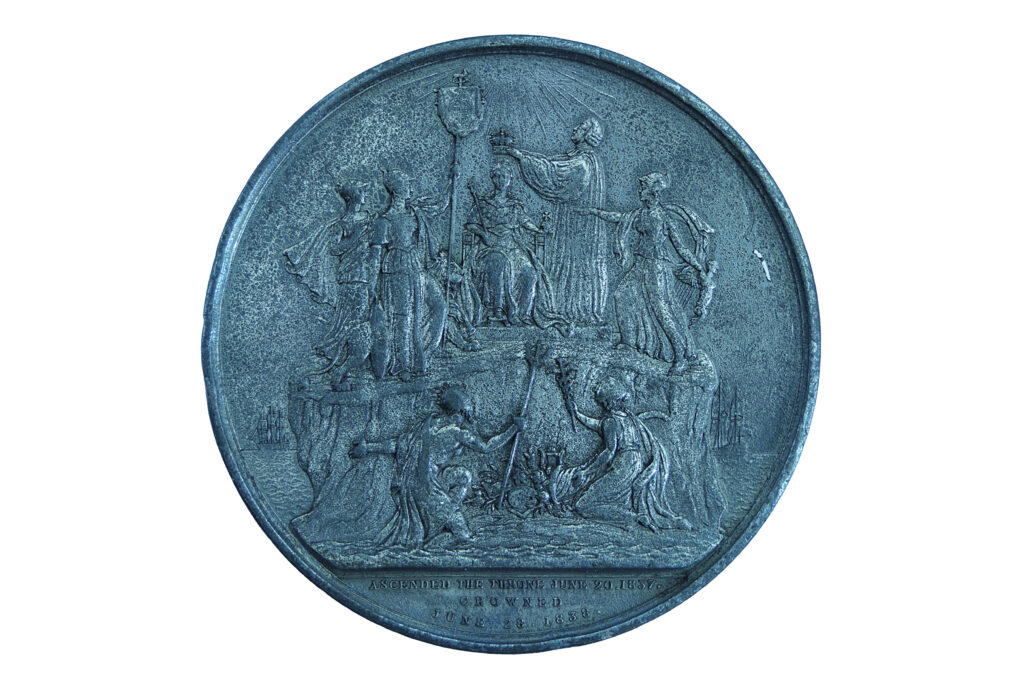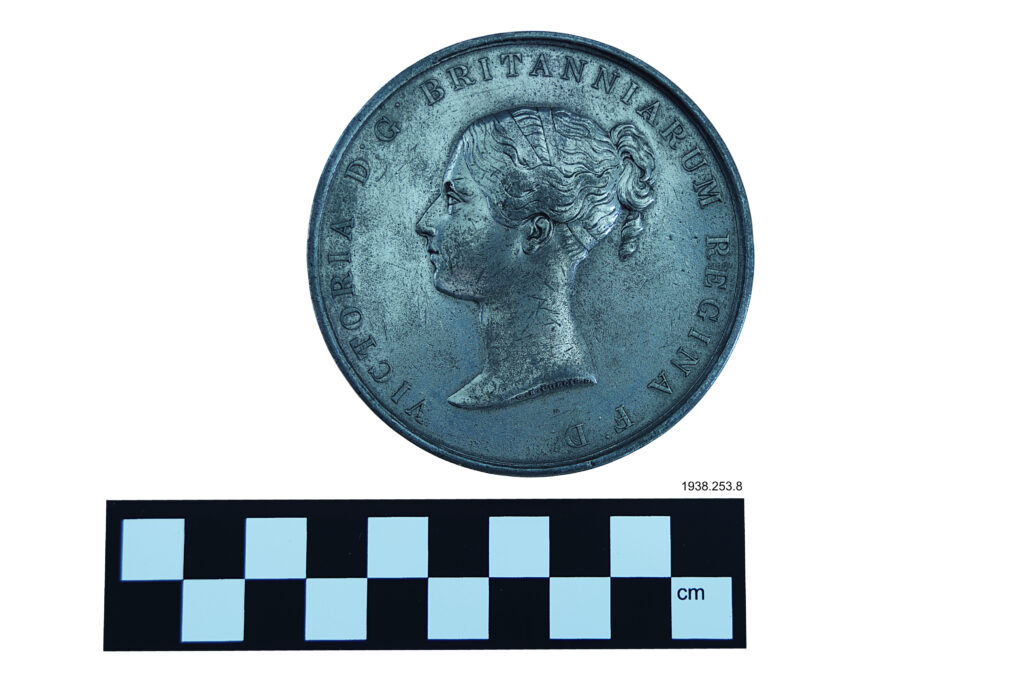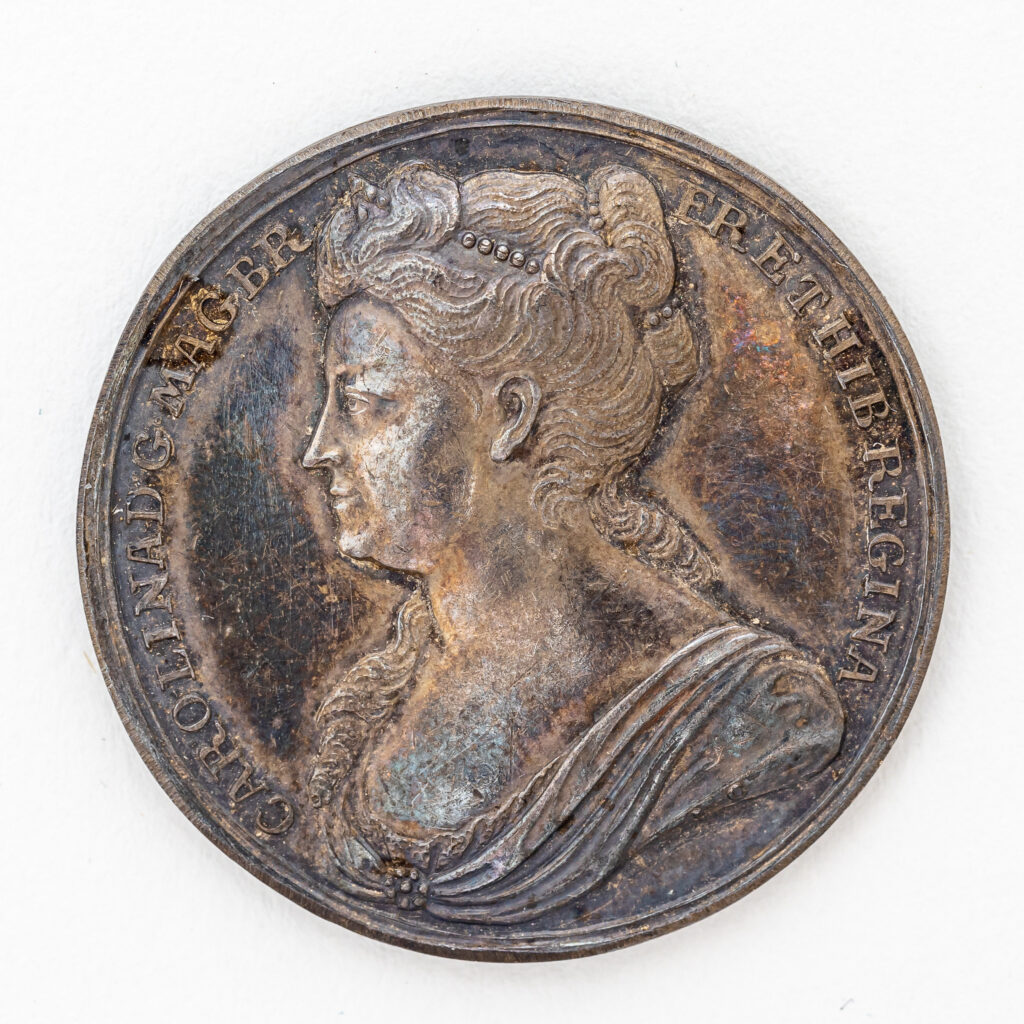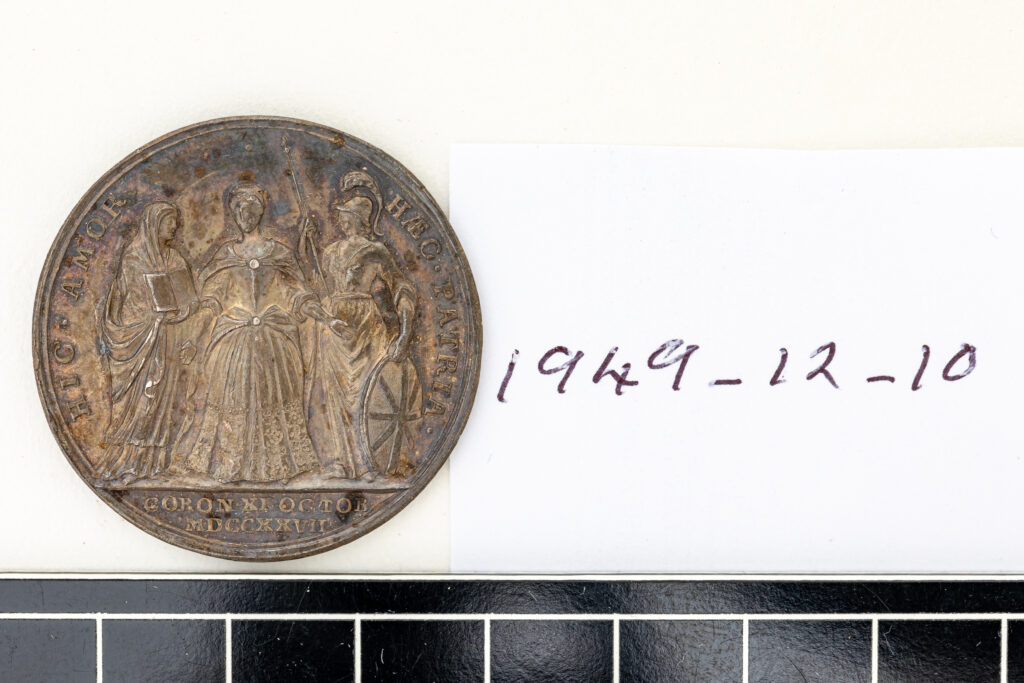West Berkshire Coronations collection.
How has the coronation of British Monarchs been commemorated in West Berkshire in the past?
To celebrate the Coronation of King Charles III on Saturday 6th May 2023 at Westminster Abbey, we have curated a collection of artefacts from the West Berkshire Museum. This online exhibition will share its artefacts relating to coronations of past British monarchs, from the creation of official items such as medals, or various celebrations, such as parades, to popular memorabilia like cups and saucers.
During the ceremony, the king will be crowned alongside Camilla, the Queen Consort. Our coronation objects include the monarch and their spouse, and sometimes their heir.
NEBYM:1996.103 Doll
Dolls have existed throughout history, made from wood, porcelain, rags and, since the 20th century, plastic. Barbie was invented in 1959.
This doll is dressed as Queen Elizabeth II in her Coronation robes. She comes with various regal accessories. After all, the best dolls come with accessories – even to this day! There are two crowns, a sceptre, an orb and a stand for the doll. There is even a cushion to put the crown on, much as crowns are carried on ceremonial days.
The doll’s clothes and accessories were made by Miss Howard in 1977, the year of Queen Elizabeth’s Silver Jubilee.
NEBYM:1996.110.1 Playing cards
West Berkshire Museum holds two packs of playing cards that celebrate Queen Elizabeth’s Coronation. One pack features Queen Elizabeth II in Coronation robes, the other has Prince Philip in naval uniform.
The ace of spades in both packs is printed with symbols of the United Kingdom within an oval border. This surrounds the inscription DUTY THREE PENCE with a crown on top and underneath THOMAS DE LA RUE AND CO LTD/LONDON.
These packs of cards were used by the Speen Conservative Association for fundraising whist drives.
NEBYM:2002.51.1 + 2 Dress and bonnet
This striking dress, made of red, white and blue crepe paper, was created by the donor for her daughter to mark Queen Elizabeth II’s Coronation in 1953. Then aged 3, the little girl wore the patriotic outfit to a children’s party, which may have been in St Nicolas’ Church Hall in Newbury.
NEBYM:2015.47 Banner
The Newbury Townswomen’s Guild made this embellished banner in 1953 to mark Queen Elizabeth II’s Coronation. It was for display in 1954. The shield shape is filled with symbolic images – there are the embroidered flowers of England (the red roses), Scotland (the purple thistles) and Wales (the yellow daffodils) as well as the coronation emblems (the crown and the shield with E.R.).
The first Townswomen’s Guild was formed in 1929 and it is now one of the largest women’s organisations in the UK, with around 400 Guilds and 12,000 members. Guild members usually meet at least once a month to enjoy each other’s company, develop friendships, to get involved with events and crafts, to try new things and to campaign on social issues.
NEBYM:1965.18.4.1+2 Coronation teacup and saucer
This is an example of the kind of commemorative ware made for the Coronation of George VI and Queen Elizabeth in May 1937. The teacup shows portraits of the king and queen, with various flags on either side of them and below is a stylised rose, thistle and some clover. The saucer is decorated with the same pattern, with the stylised faces of the King and Queen.
King George VI and Queen Elizabeth were the parents of Queen Elizabeth II, and a portrait of a young Princess Elizabeth, as new heir to the throne, is pictured on the opposite side of the teacup and saucer.
NEBYM:1994.103.1 Coronation Medal
This medal commemorates the Coronation of George VI. The Coronation of King George VI and Queen Elizabeth was held on 12th May 1937. This was originally the day chosen for the coronation of Edward VIII, before he abdicated. The coronation was commemorated with the creation of official items such as medals (like this one), coins and stamps, and by various unofficial celebrations, such as street parties and popular memorabilia like cups and saucers.
NEBYM:2006.97.4.1 Newspaper article and photo
This newspaper article and photograph comes from an album created by a Newbury Girls School student in 1933. It records the proclamation of the succession of Edward VIII on 22nd January 1936 in Newbury:
“In the presence of upwards of three thousand townspeople, King Edward VIII was proclaimed in Newbury yesterday … a platform had been erected in the Market-place, and in front of this was an enclosure reserved for the children, who marched there in charge of their teachers. There were 100 children from each of the elementary schools and from the County Girls’ School, and no fewer than 250 from Newbury Grammar School.”
Edward was never crowned; his reign lasted only 325 days. His brother Albert became King, using his last name George, as George VI.
In 1930, the then Prince Edward met and fell in love with a married American woman, Mrs Wallis Simpson. Concern about Edward’s private life grew in the Cabinet, opposition parties and the Dominions, when Mrs Simpson obtained a divorce in 1936 and it was clear that Edward was determined to marry her.
Eventually Edward realised he had to choose between the Crown and Mrs Simpson who, as a twice-divorced woman, would not have been acceptable as Queen.
On 10th December 1936, Edward VIII executed an Instrument of Abdication which was given legal effect the following day, when Edward gave Royal Assent to His Majesty’s Declaration of Abdication Act, by which Edward VIII and any children he might have were excluded from succession to the throne.
NEBYM:1997.32.1 Goblet
In 1911, Ann Tomlin offered to pay for a drinking fountain, well and horse trough to be installed on Broadway Green in Thatcham to mark the Coronation of King George V. This cup was presented to her at the opening ceremony of the drinking fountain on 5th July. You can see Mrs Tomlin, sitting dressed in black, holding this silver presentation goblet in the accompanying photograph. The cup is inscribed:
‘Presented to Mrs Ann Tomlin at the opening of a well house & drinking fountain given by her to the village of Thatcham on July 5th 1911’.
On other side of the goblet, under the hallmarks, it states:
‘In Commemoration of the Coronation of King George V’.
NEBYM:1976.36.1/T2614/147 Coronation Medal
This medal was issued by the Borough of Newbury, under the then Mayor Alfred Camp, to commemorate the Coronation of King George V and Queen Mary. It is silver and hangs from a red white and blue suspension ribbon.
This medal is from a collection of coins and medals given to the old Borough Council by a Mr Selwood many years ago. They provide an interesting insight into how various events and achievements were recognised throughout the 1900s. When the Borough safe was cleared in August 1976, all the items were given to the Museum.
NEBYM:1979.72.339 Photograph
This black and white photograph shows a procession of Newbury Borough Councillors in front of the Town Hall to mark the Coronation of King George V, in June 1911.
NEBYM:1979.71 Coronation Medal
This medal commemorates the Coronation of King Edward VII. It is silver and hangs from a red white and blue suspension ribbon. The front shows the King, with his wife Queen Alexandra. The reverse shows the badge of Newbury, a castle. Newbury did not have a coat of arms until 1948. Instead this badge showing Newbury Castle was used in a similar context.
Nowadays, there is no castle at Newbury. Historically, there is a record of a siege in 1152-53 at a castle in or near Newbury during the Anarchy, the civil war between Queen Matilda and King Stephen. However, since the 12th Century, there are no castle remains and the whereabouts remain a mystery.
NEBYM:1965.1.4/5 Poster
This large poster (it is 28.5cm x 130cm) lists all the festivities planned in the Borough of Newbury on 26th and 27th June 1902 to mark the Coronation of King Edward VII. It is on permanent display in West Berkshire Museum. Included in the sports and amusements planned in the celebrations are such events as:
- Climbing the greasy pole
- Blindfold boxing
- Punt race
- An illuminated cycle parade, with prizes for the best decorated and illuminated bicycles
- A stilt race
And it concluded with a Grand Water Carnival and a procession of boats.
NEBYM:1965.14.1+2 Coronation teacup and saucer
This scalloped teacup with commemorative saucer was produced for the Coronation of King Edward VII and Queen Alexandra in August 1902.
The white teacup is decorated with coloured oval portraits of King Edward VII and Queen Alexandra with various British flags behind them.
The matching saucer is white with a scalloped edge and a six-leaved embossed design radiating from the central circle.
NEBYM: 2000.3 Coronation Medal
This silver medal commemorates the Coronation of King Edward VII. The front shows the King, with his wife Queen Alexandra. The reverse shows the badge of Newbury, a castle. Until 1948 Newbury did not have a coat of arms, but simply this badge showing Newbury Castle. There is, in fact, now no castle at Newbury, although there is a record of a siege at a castle in or near Newbury during the civil war between Queen Matilda and King Stephen in 1152-3. However, since that date the castle has not been sighted (except on the town badge) and its whereabouts remain a mystery.
NEBYM: 2013.32.27 Coronation Token
This gilt bronze medalet or token was issued to commemorate the Coronation of King Edward VII. The front shows the conjoined busts of King Edward VII, with his wife Queen Alexandra. The reverse shows St George, on a rearing horse, slaying the dragon, surrounded by a wreath of laurel and oak leaves, tied with a ribbon.
NEBYM:1938.253.8 Coronation medal
This medal depicting Queen Victoria for her Coronation was made by G.R. Collin in 1838. On one side is a profile portrait of Victoria, facing left, with her hair tied up. The maker’s name is on the base of Victoria’s neck.
The other side shows a coronation scene, with Queen Victoria enthroned and being crowned. She is attended by three other figures, possibly Britannia, Hibernia and Scotia. There is the sun above, then sea and ships in the background, with the inscription ‘Ascended the Throne June 20 1837. Crowned June 28 1838’
NEBYM:1949.12.11 Coronation medal
This official issue medal was struck to commemorate the Coronation of Queen Caroline, alongside her husband George II, in 1727. The silver medal has a bust portrait of Queen Caroline, looking left with pearls in her hair and a brooch on her dress, on one side. The queen, facing forward, stands between Religion and Britannia on the reverse of the medal. Religion is on the left holding a book and Britannia is on the right with her spear and shield.
The medal was made by John Croker.
There is a matching medal which shows George II in his ceremonial armour on one side and the king enthroned and being crowned by Britannia on the reverse.
